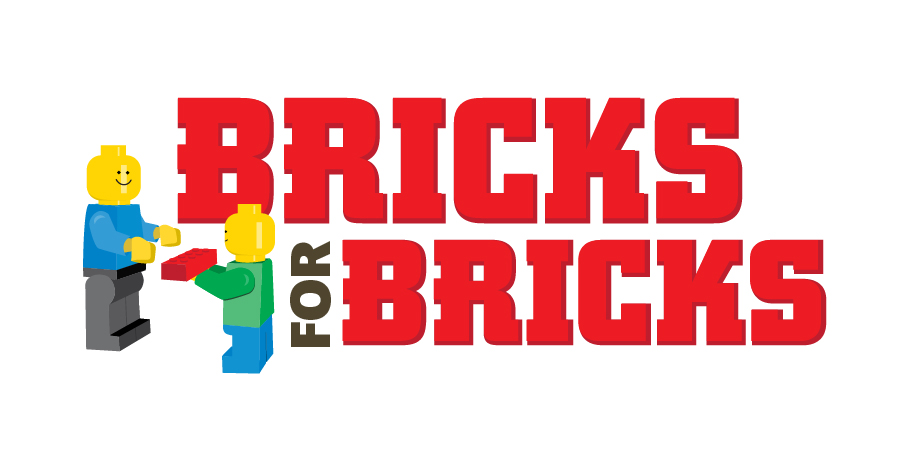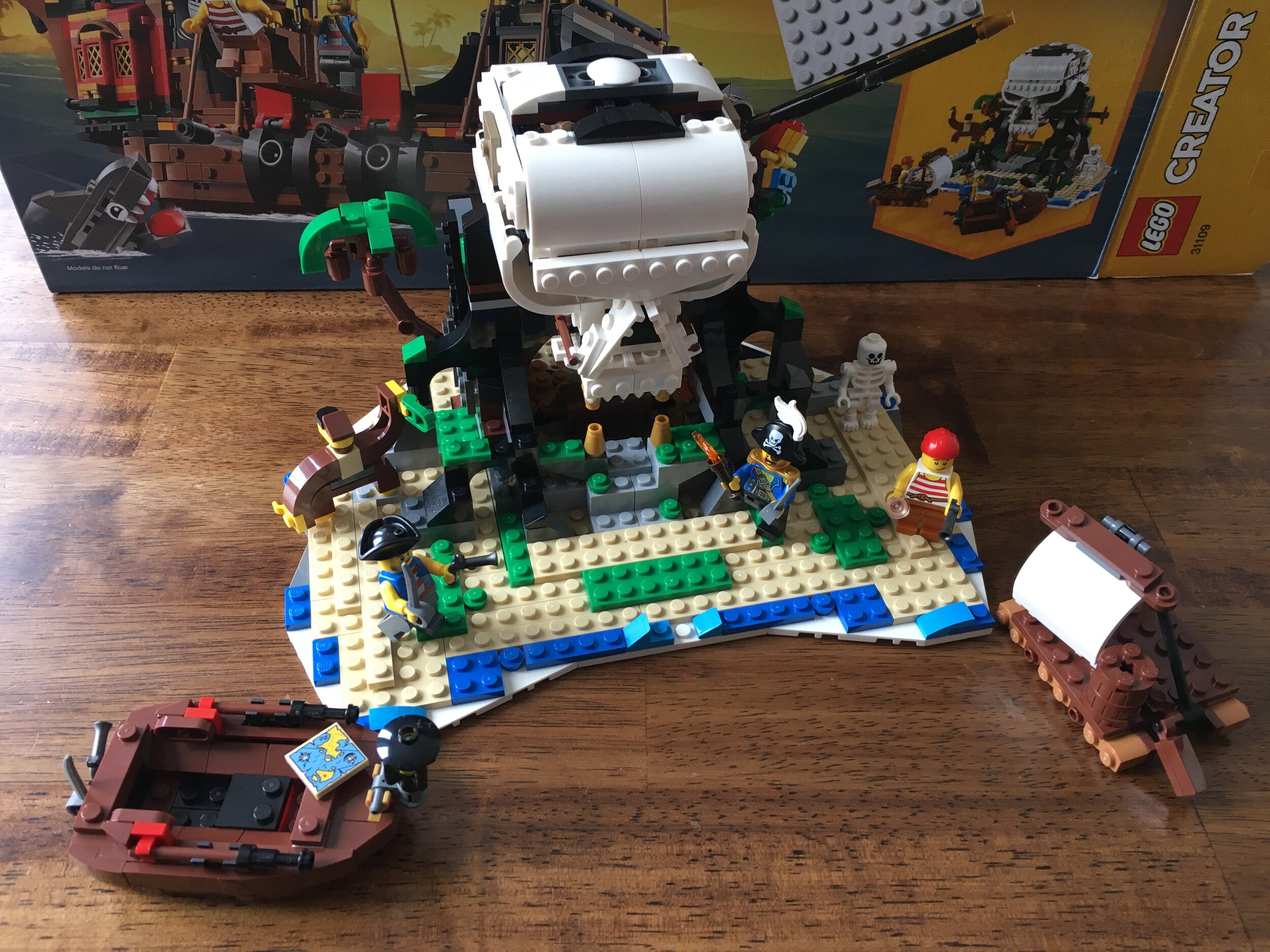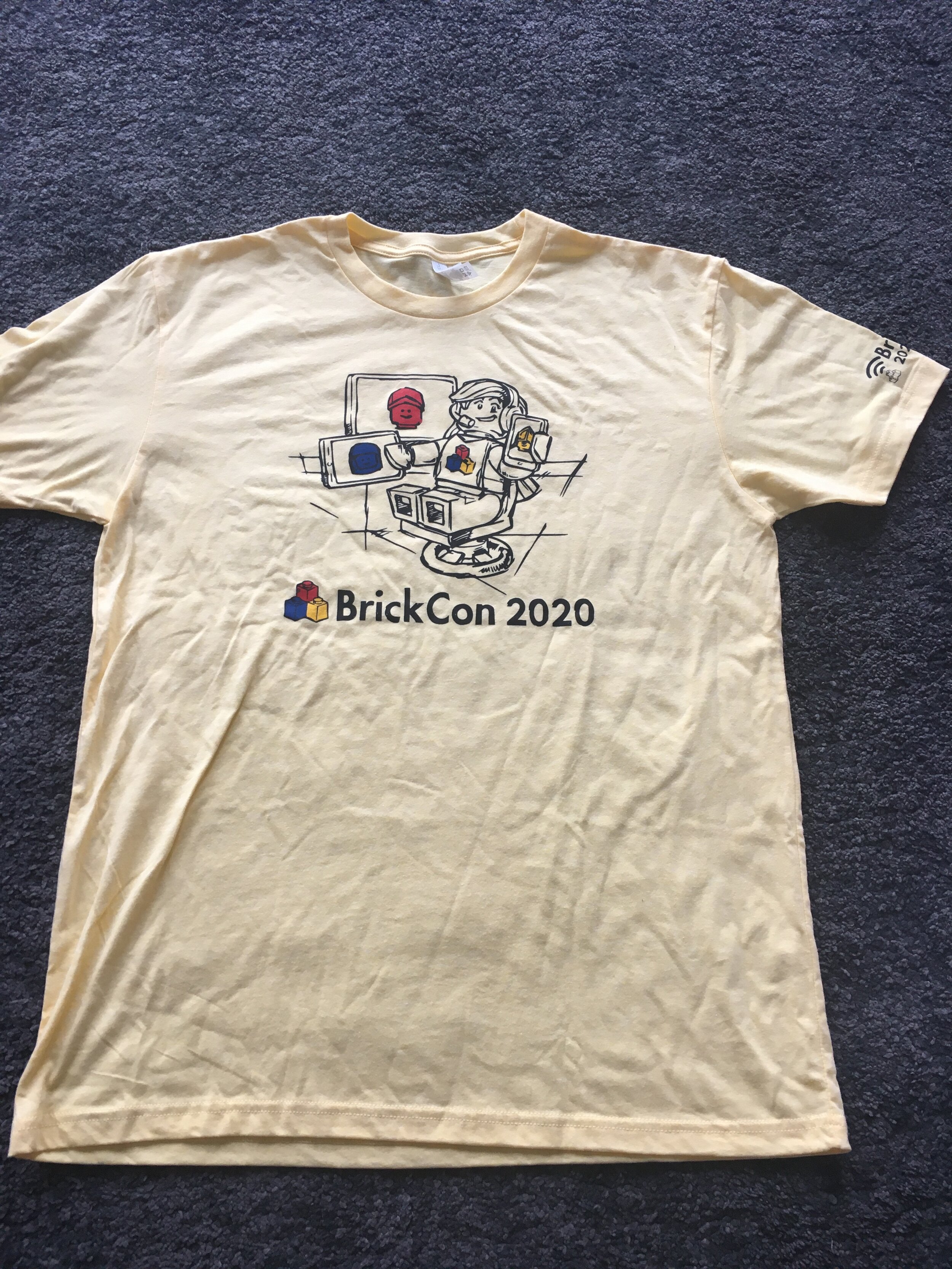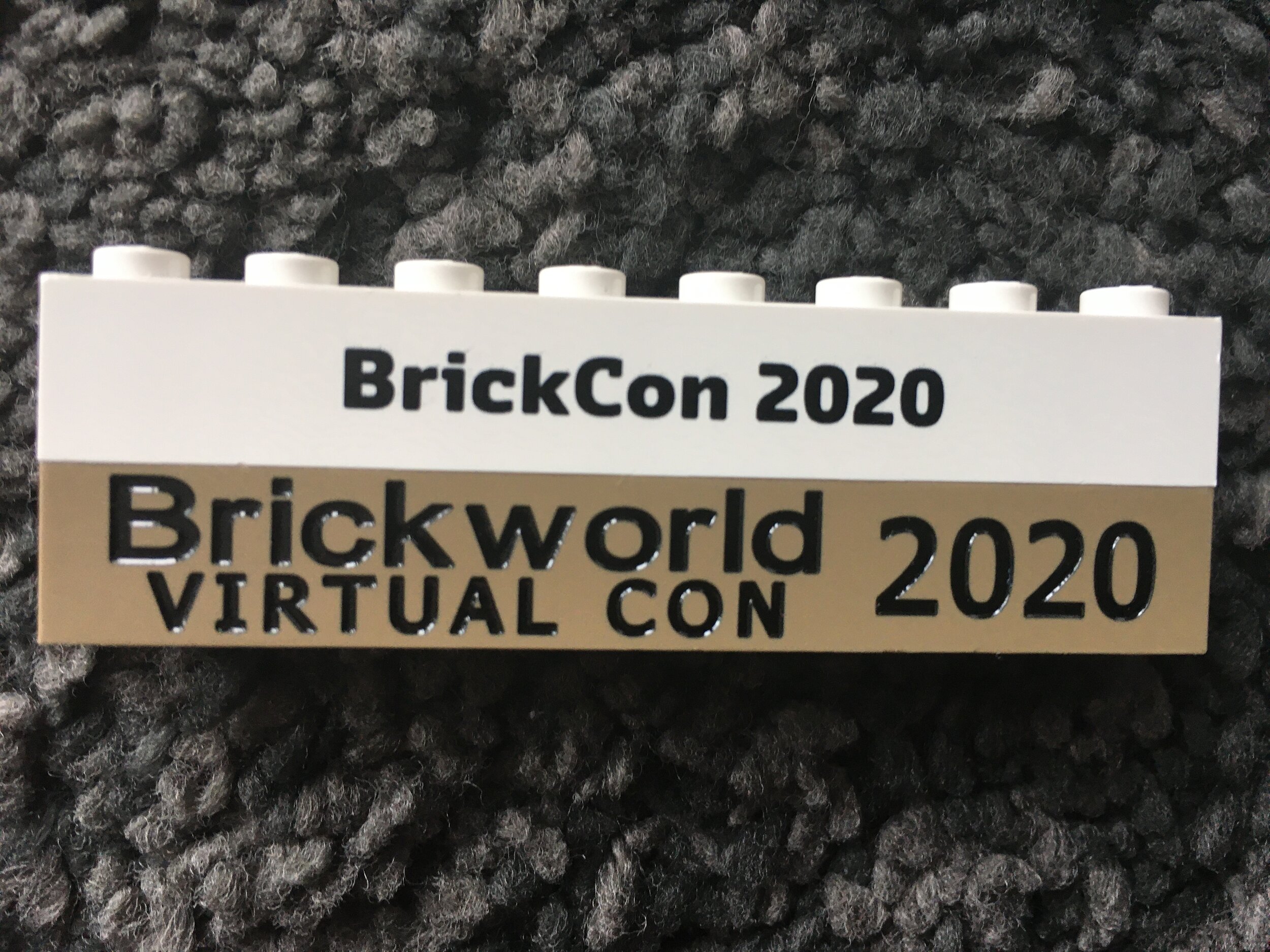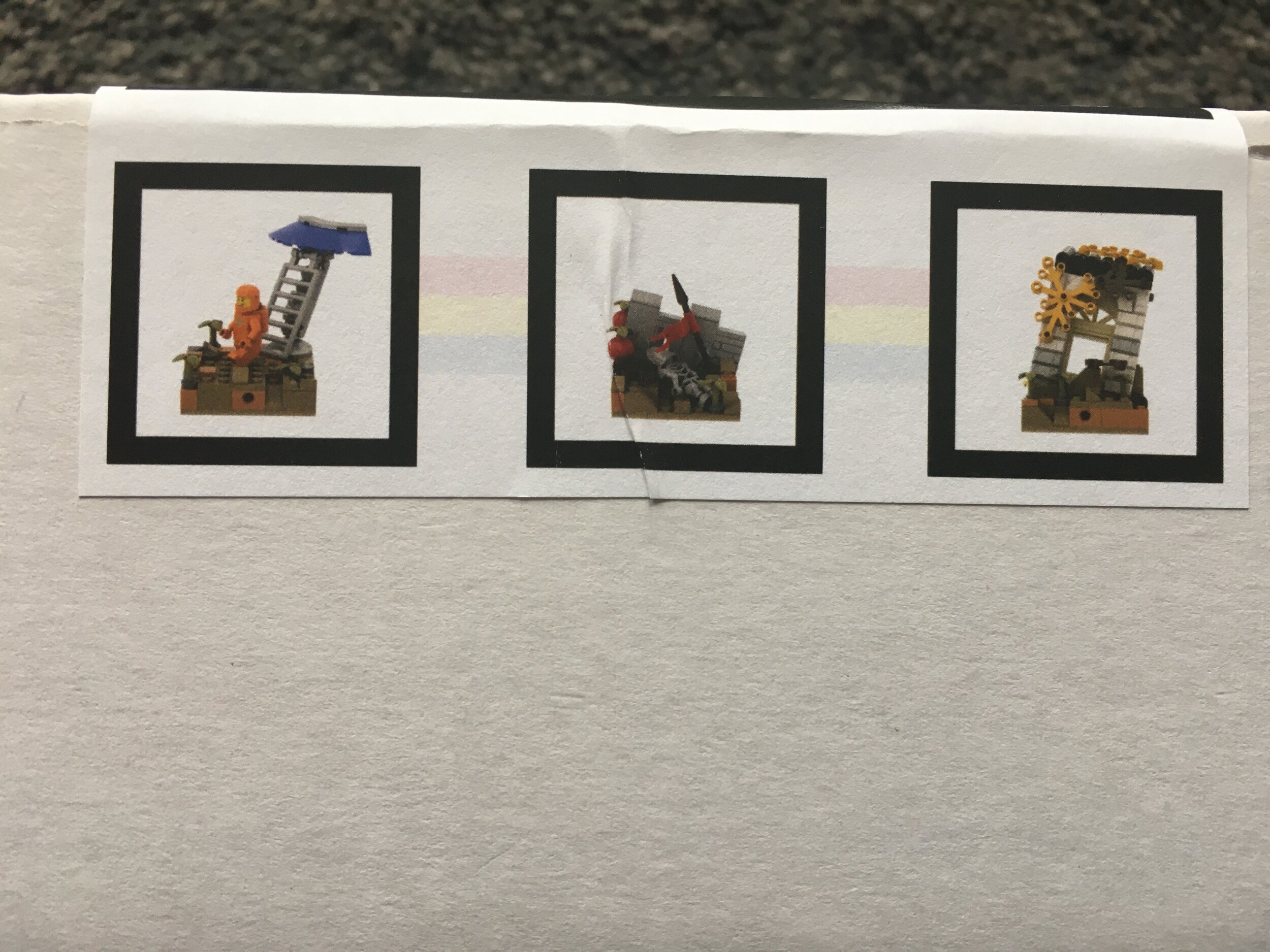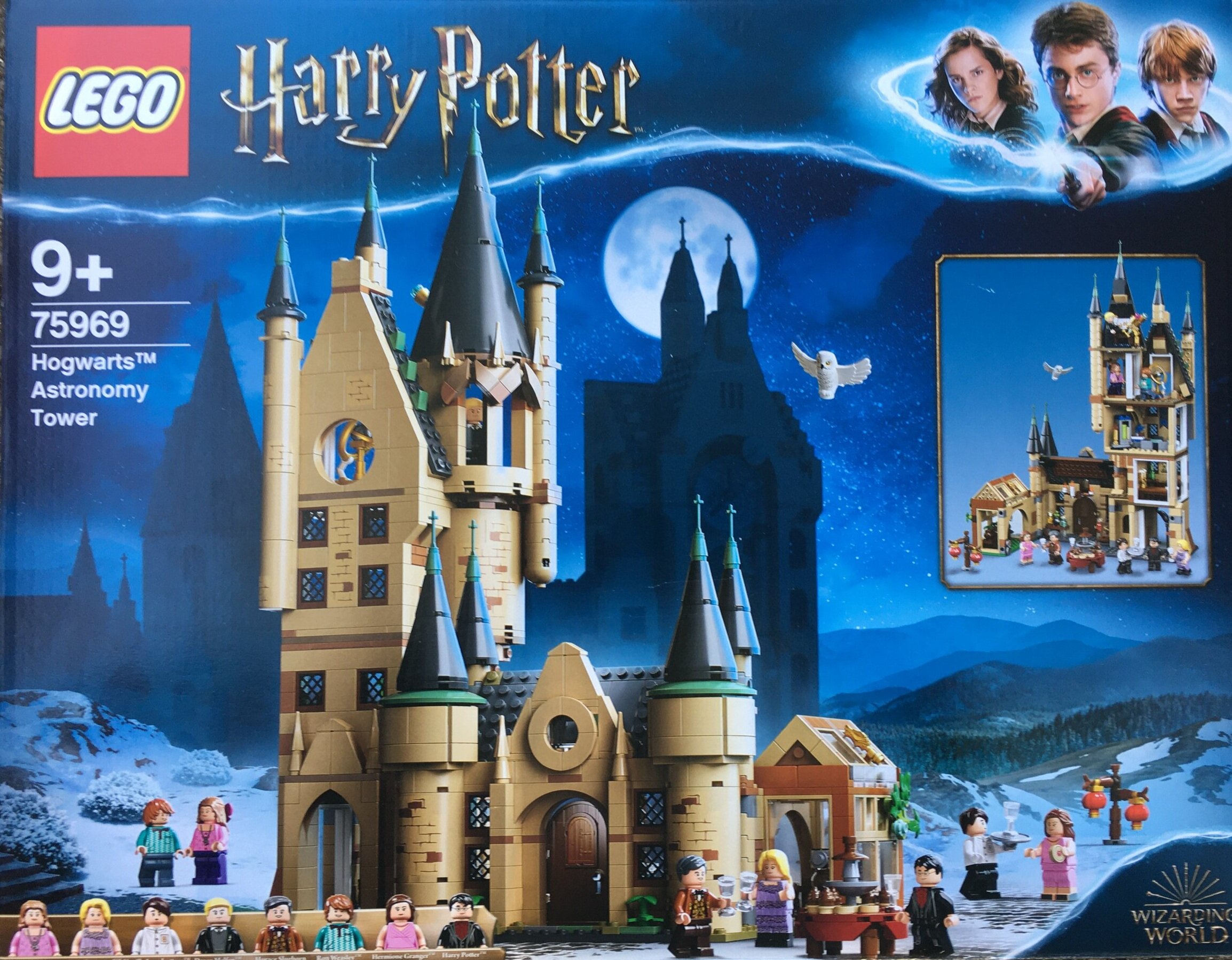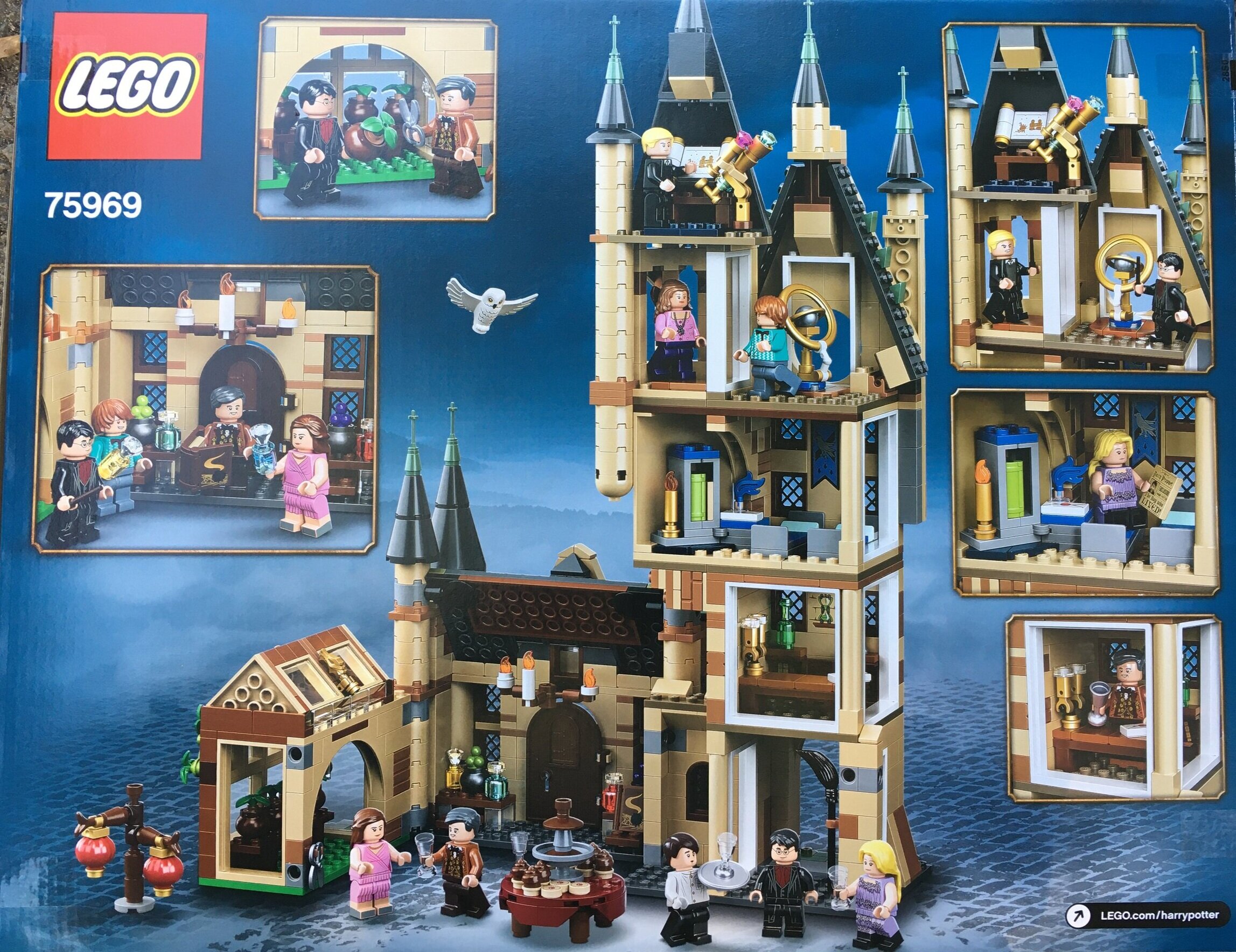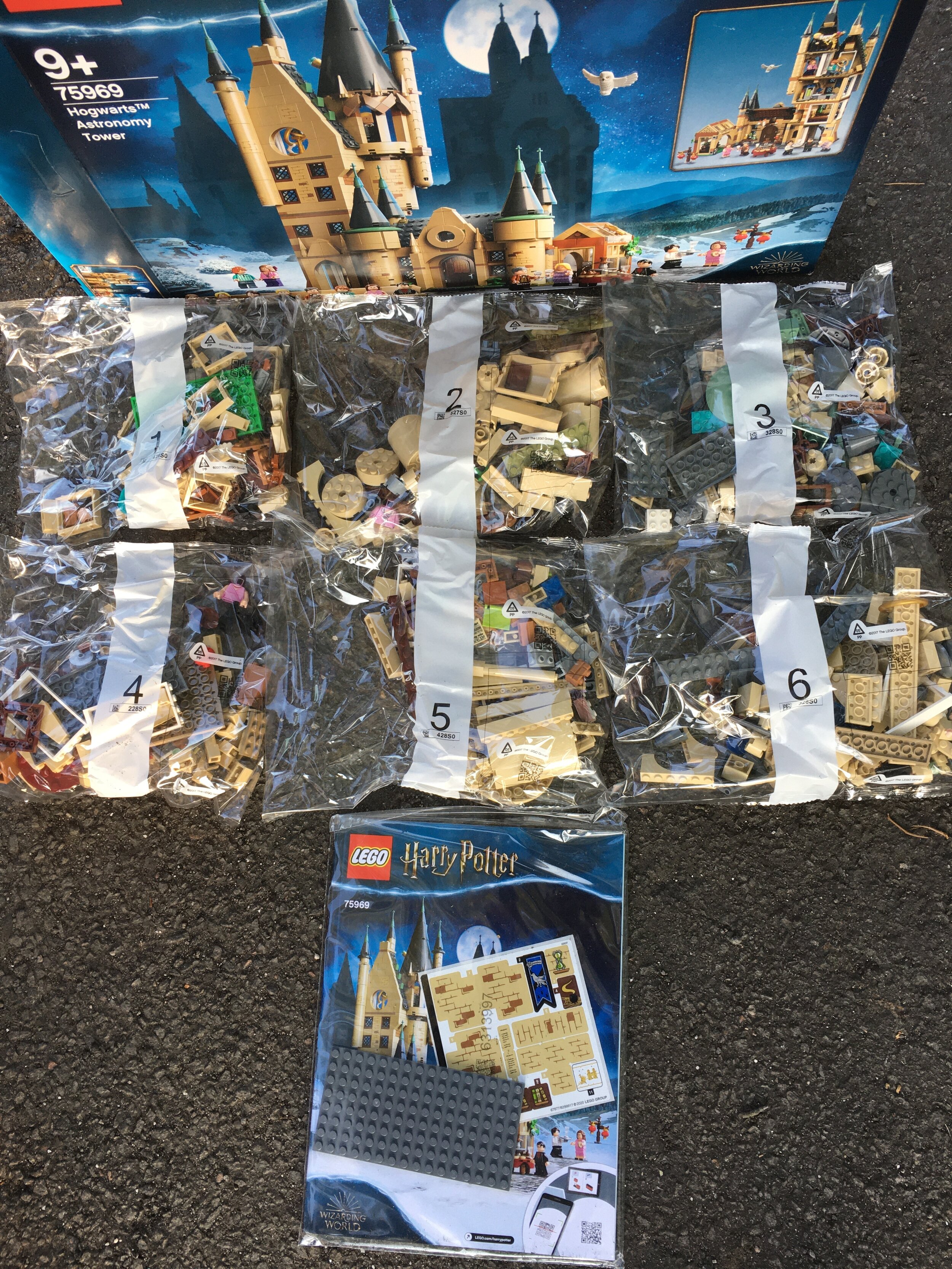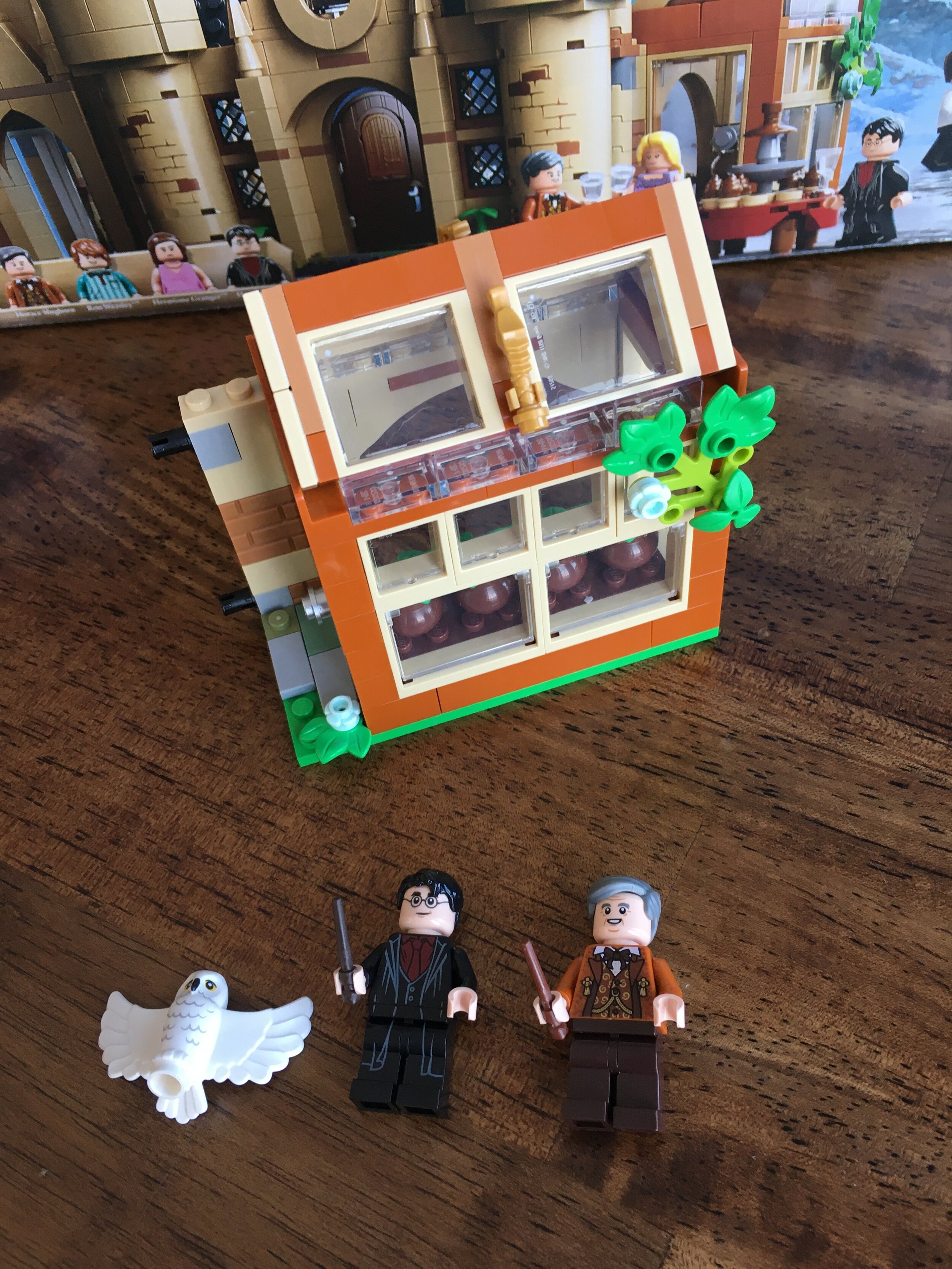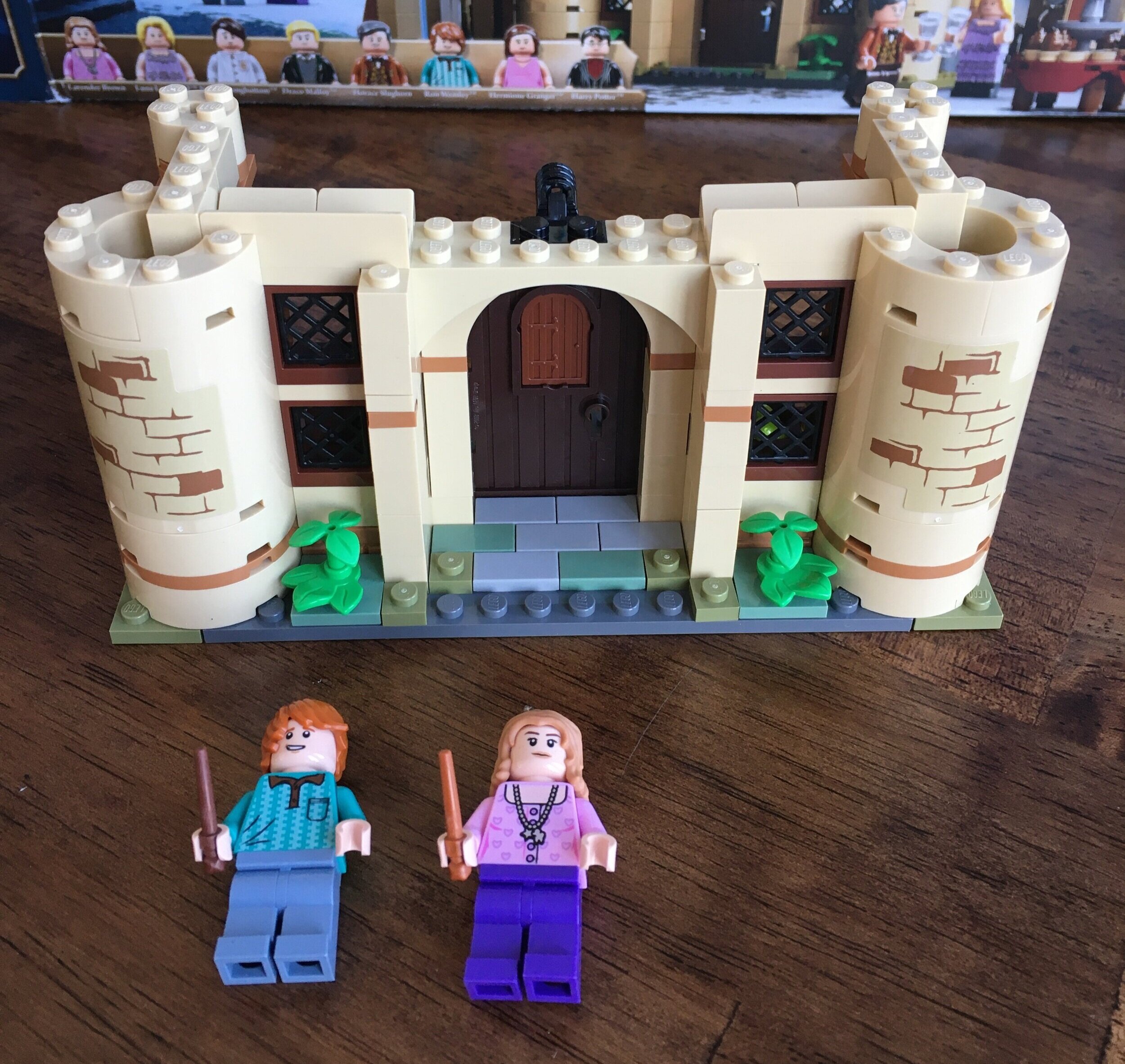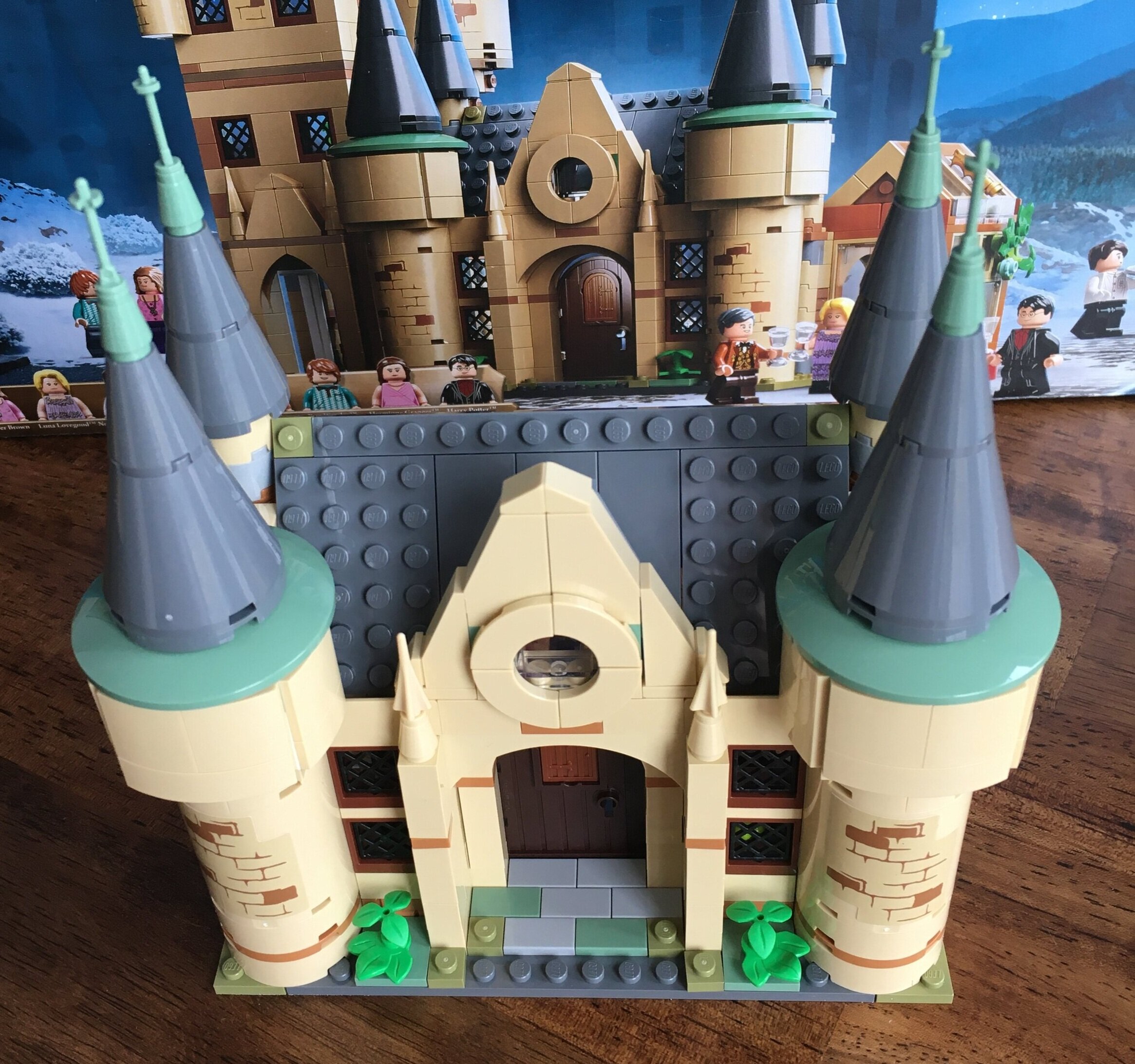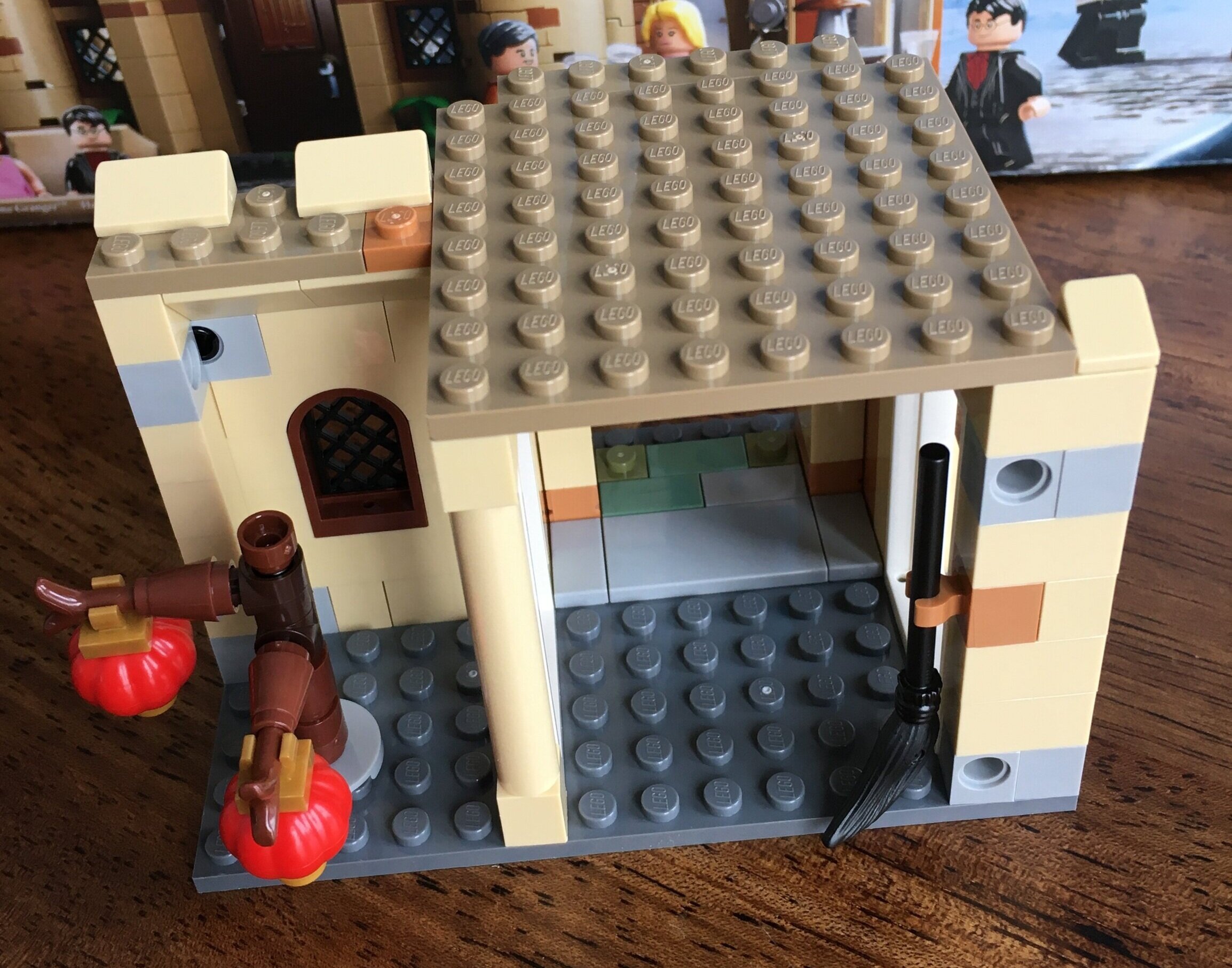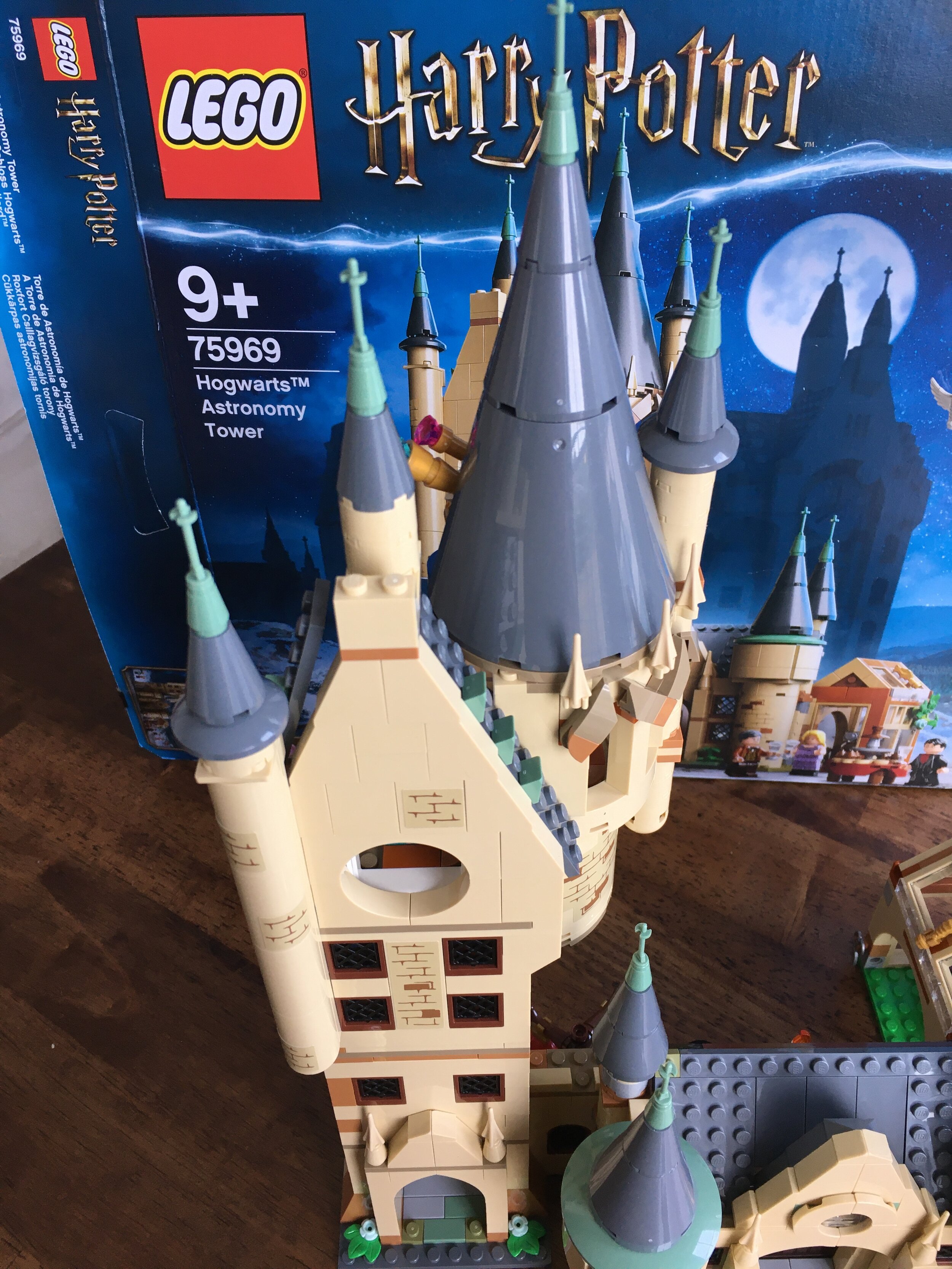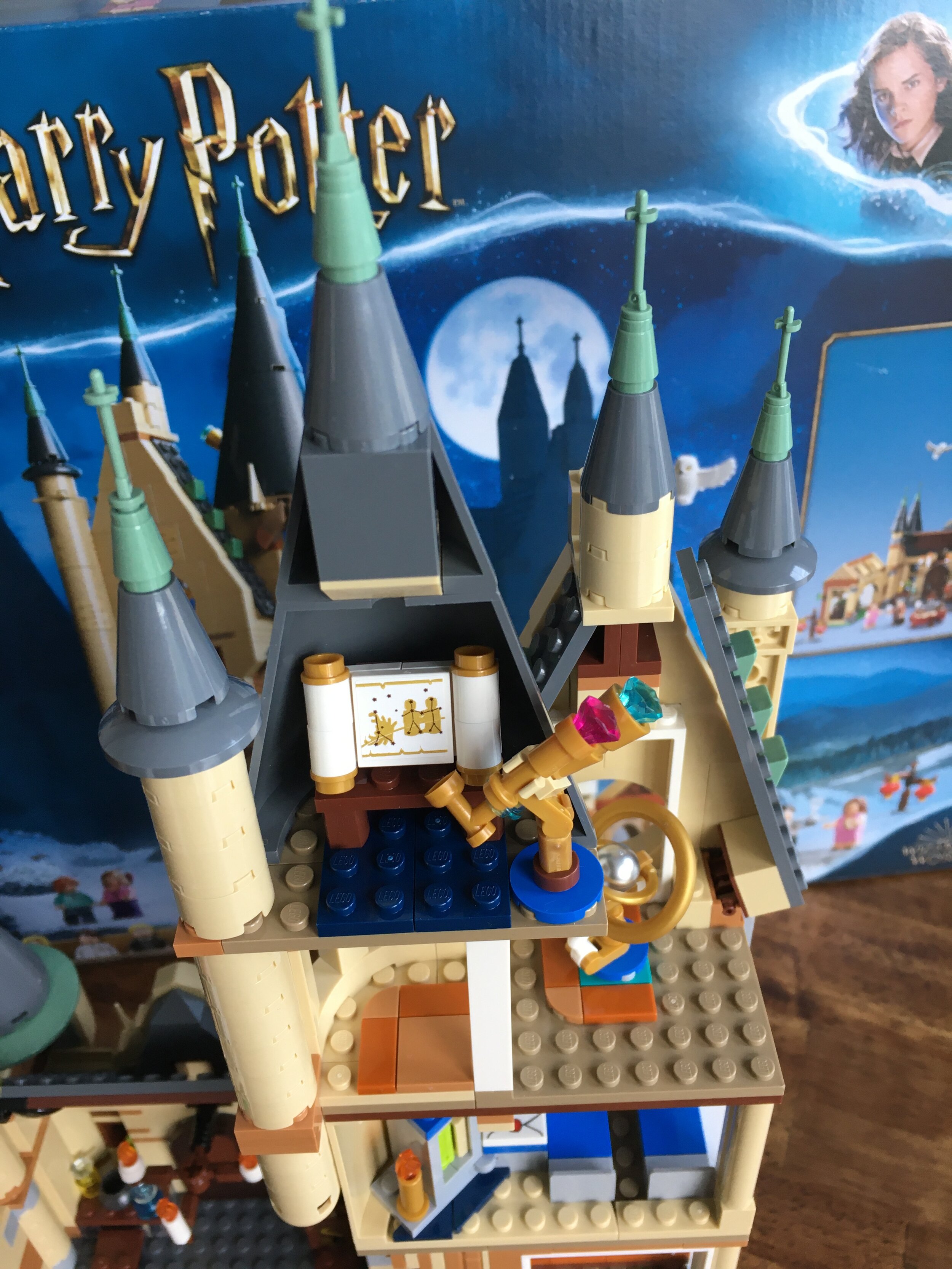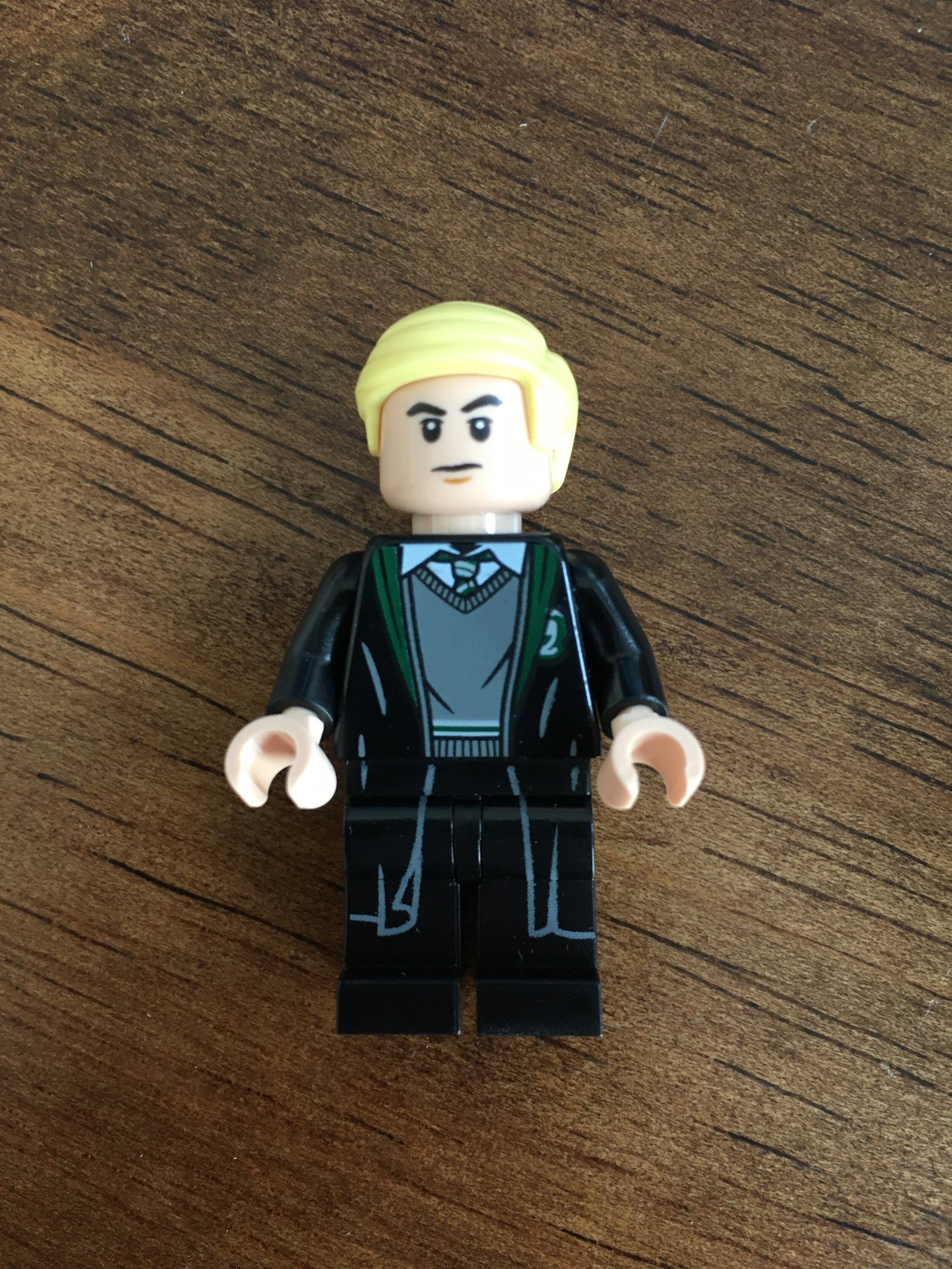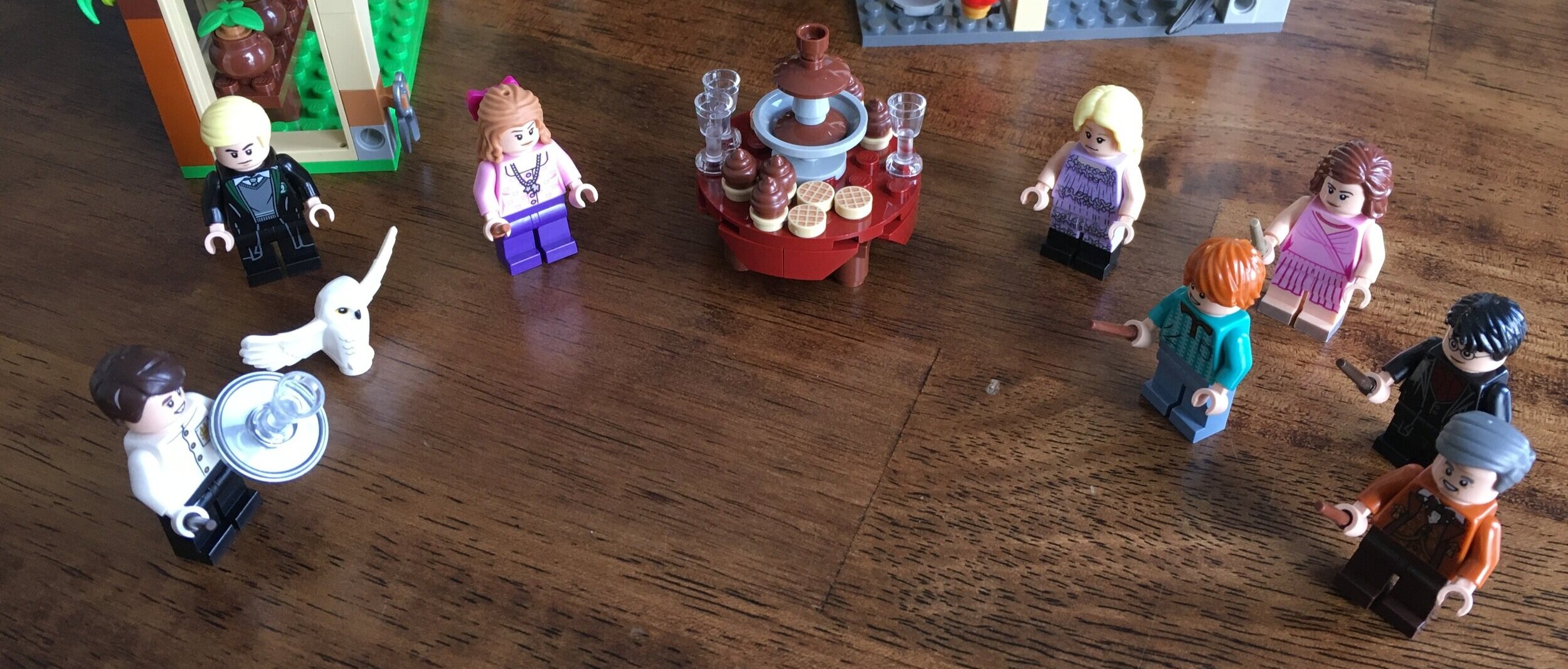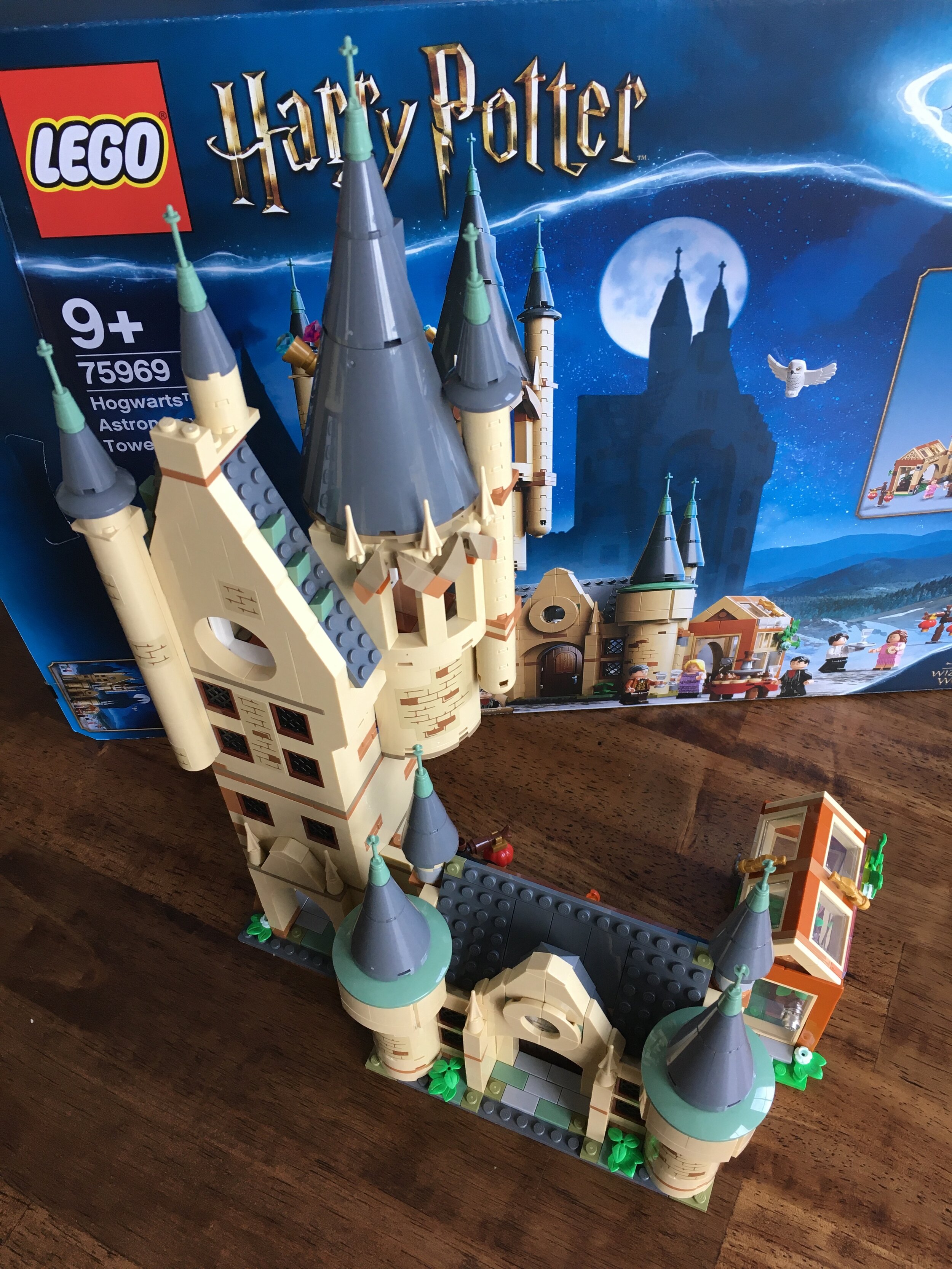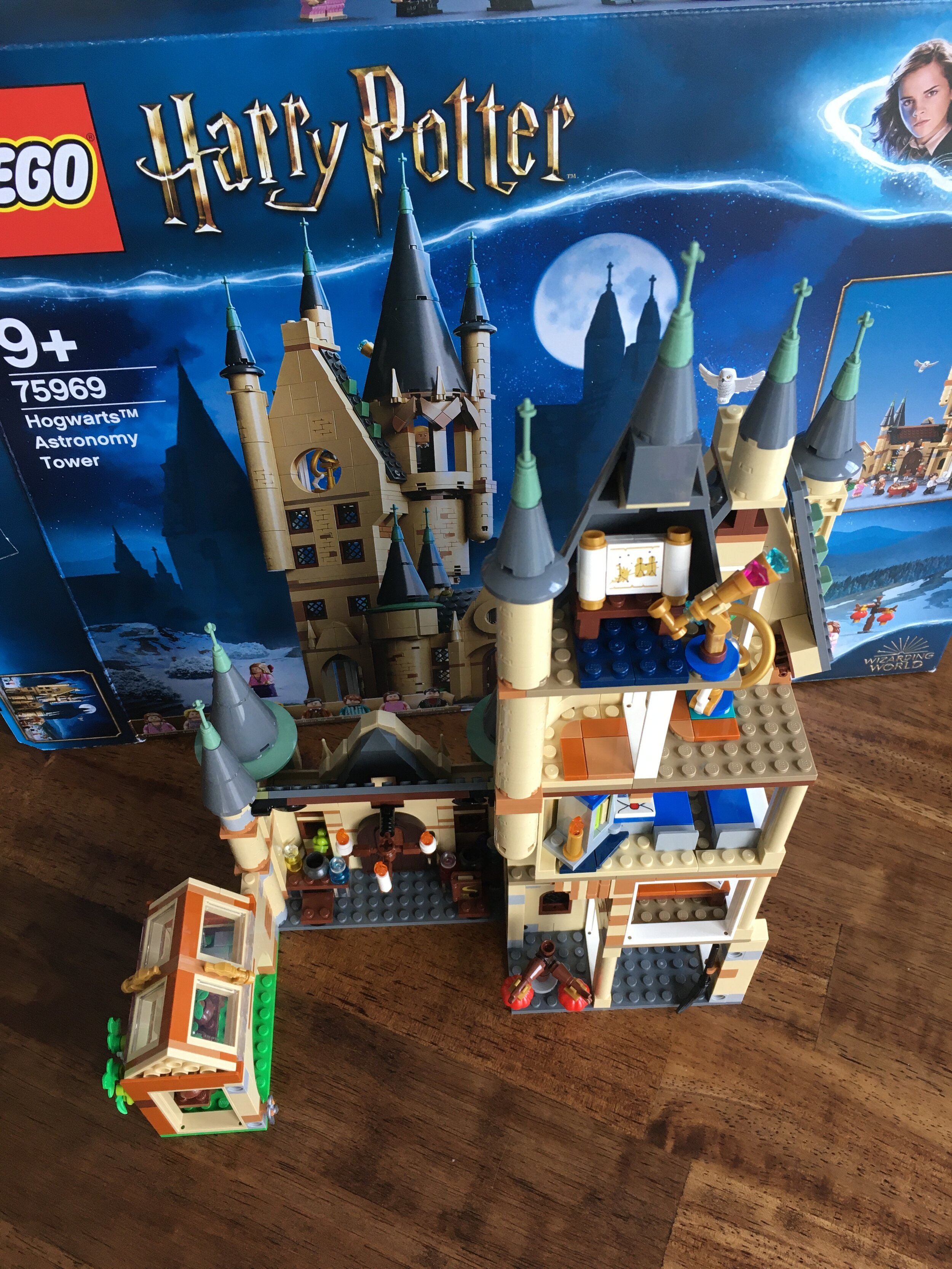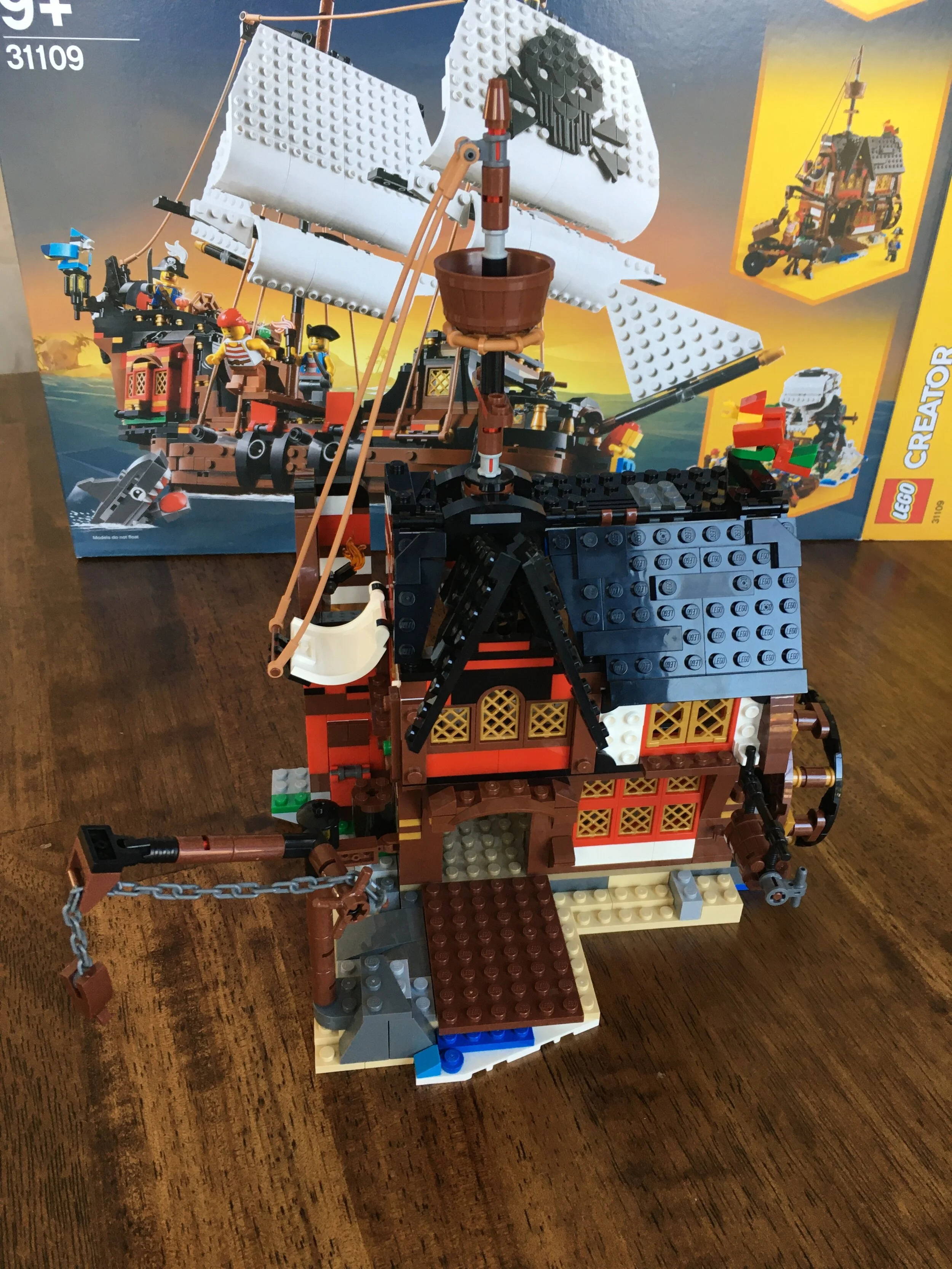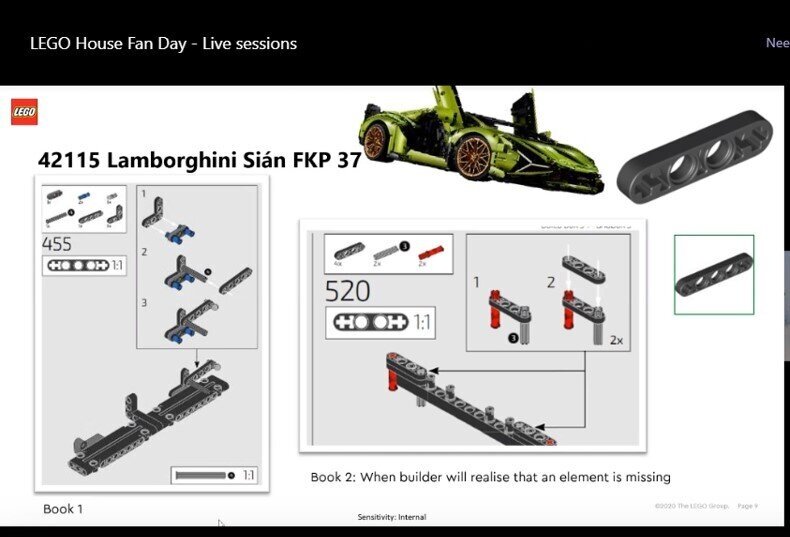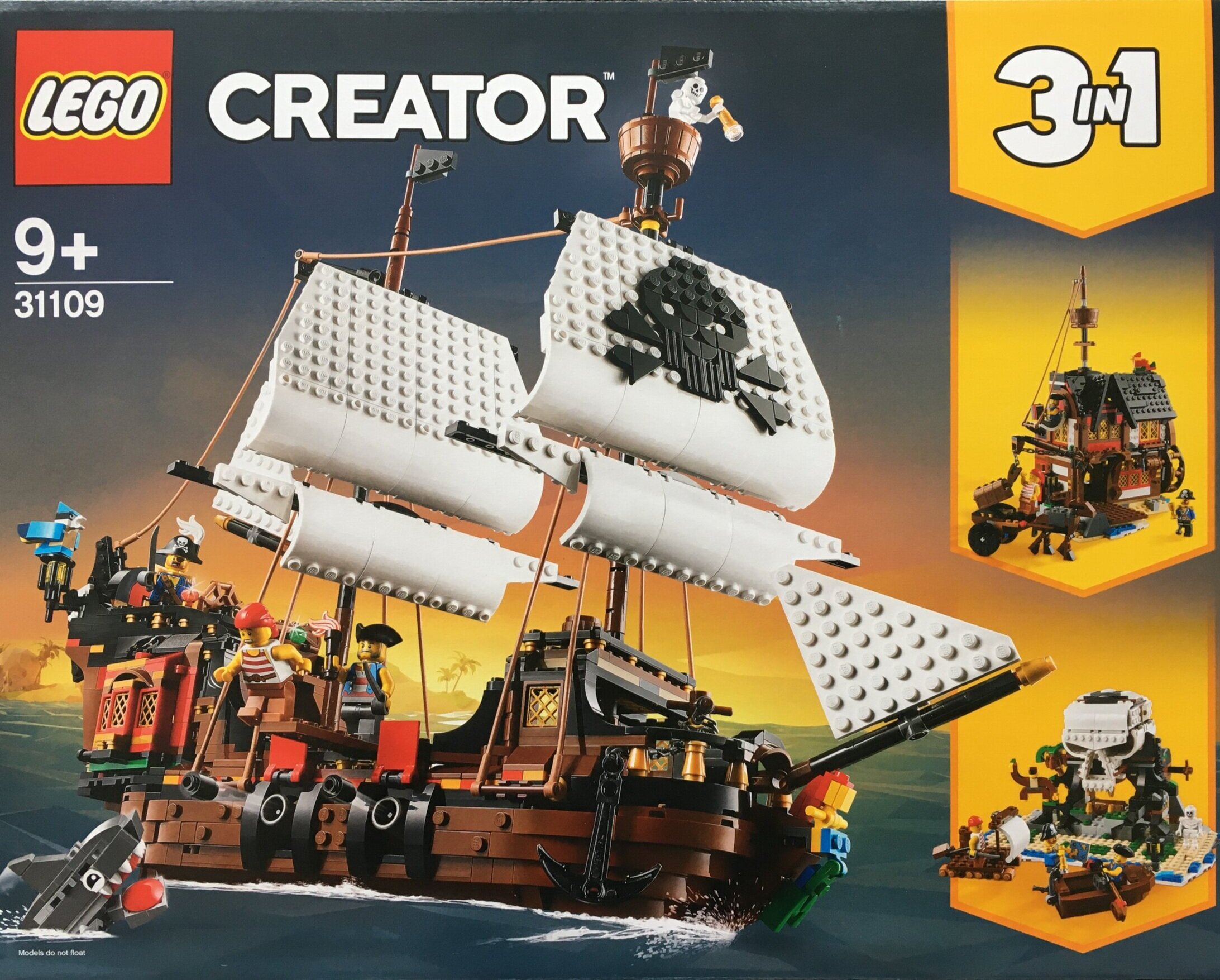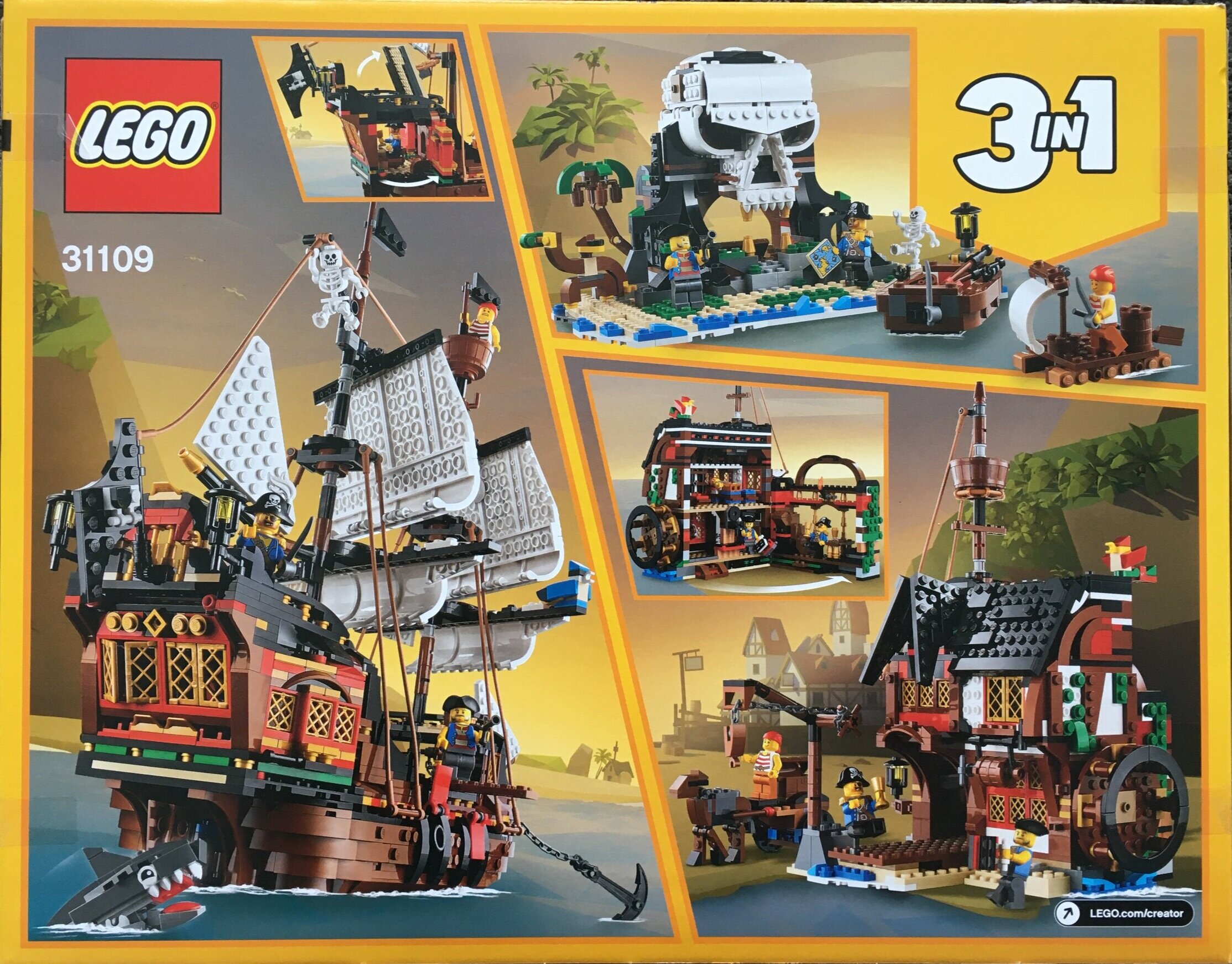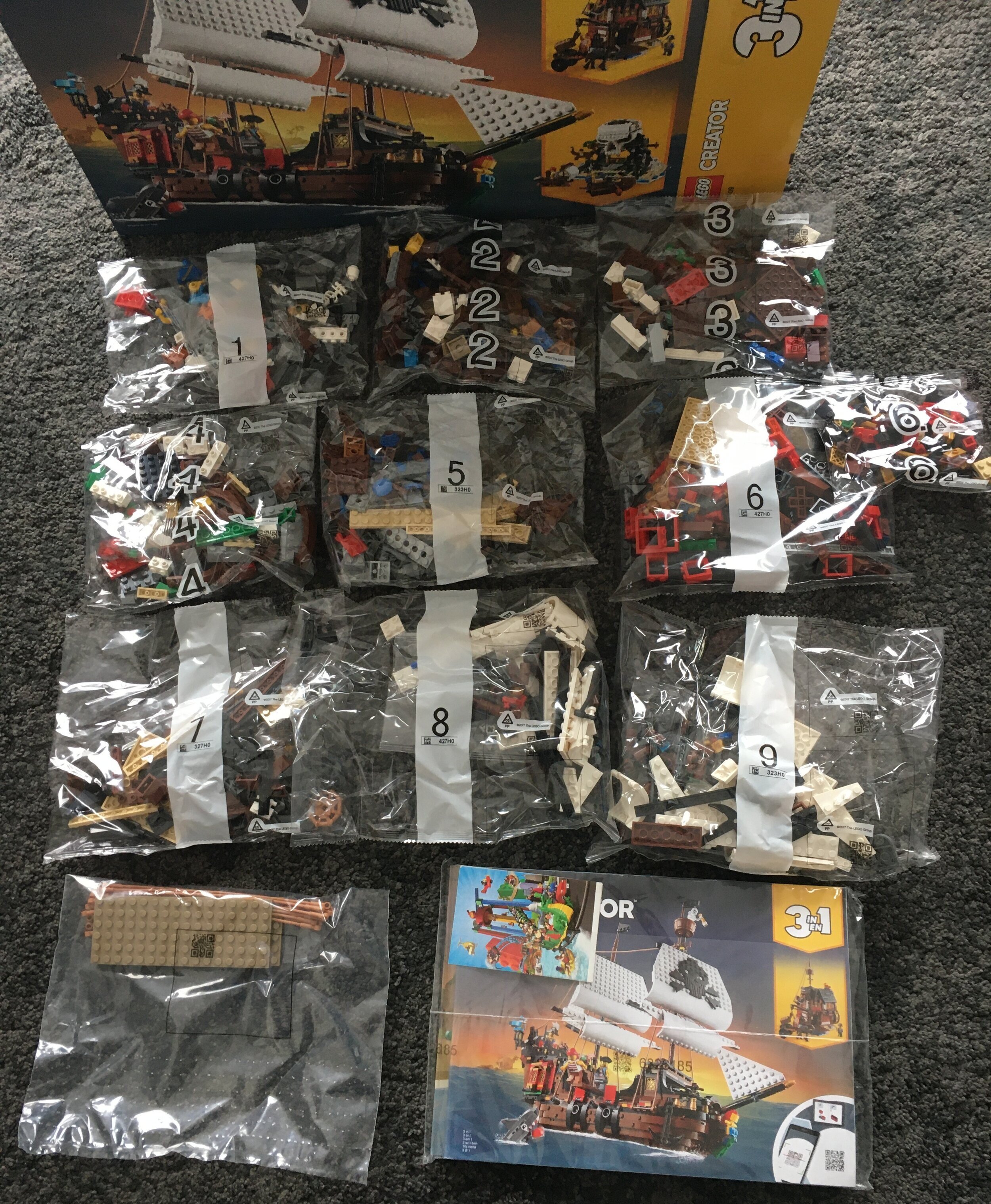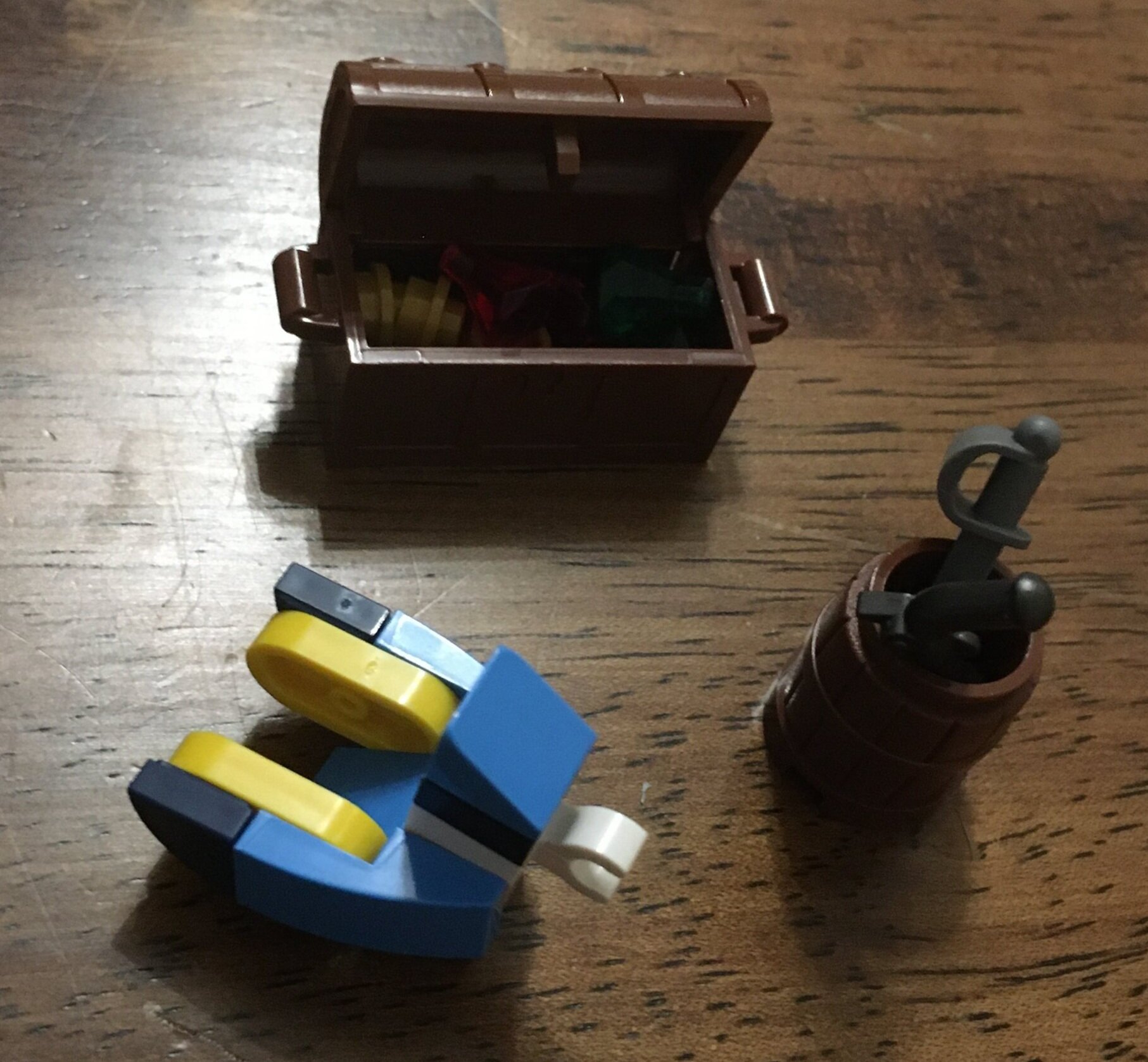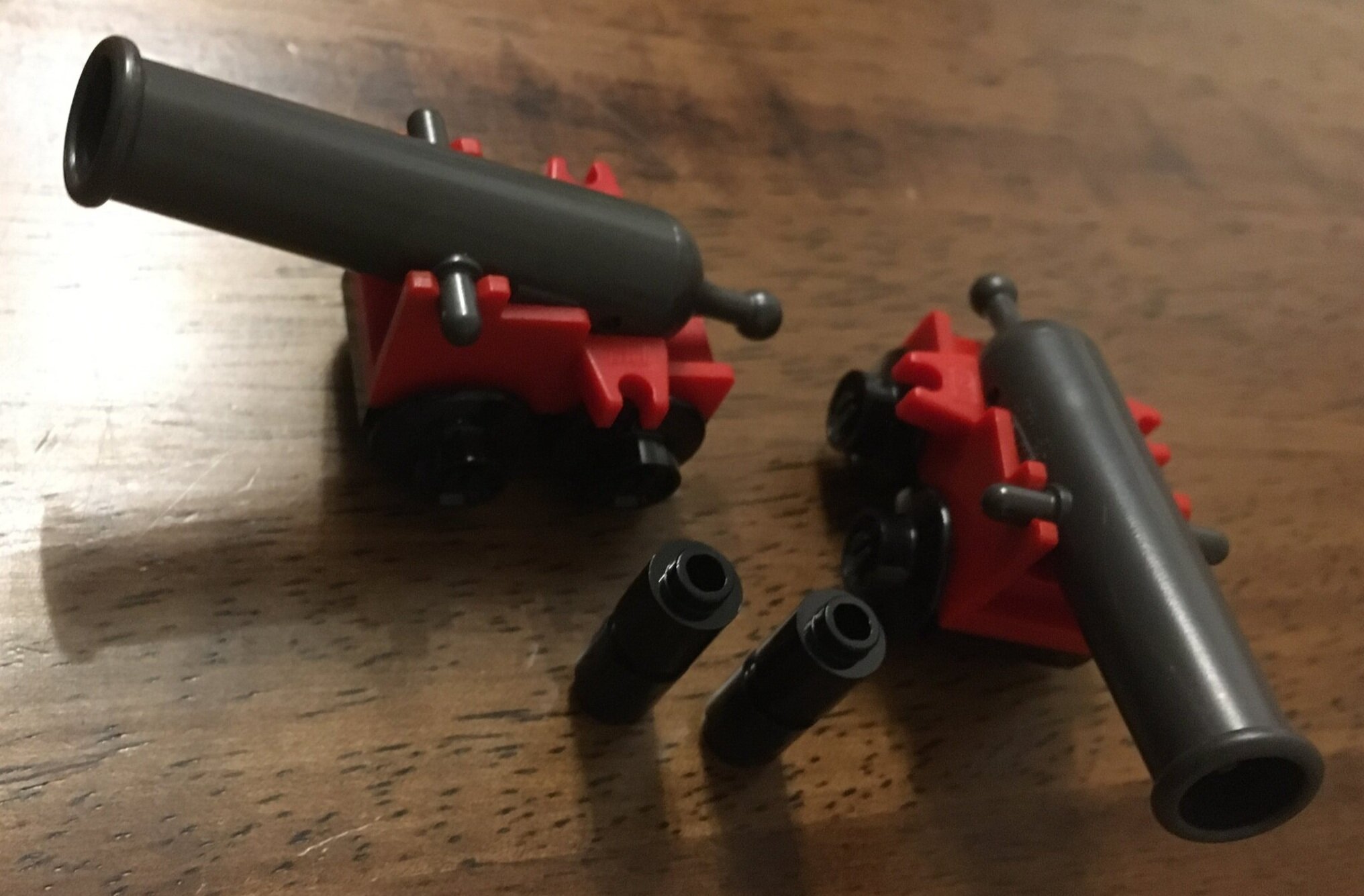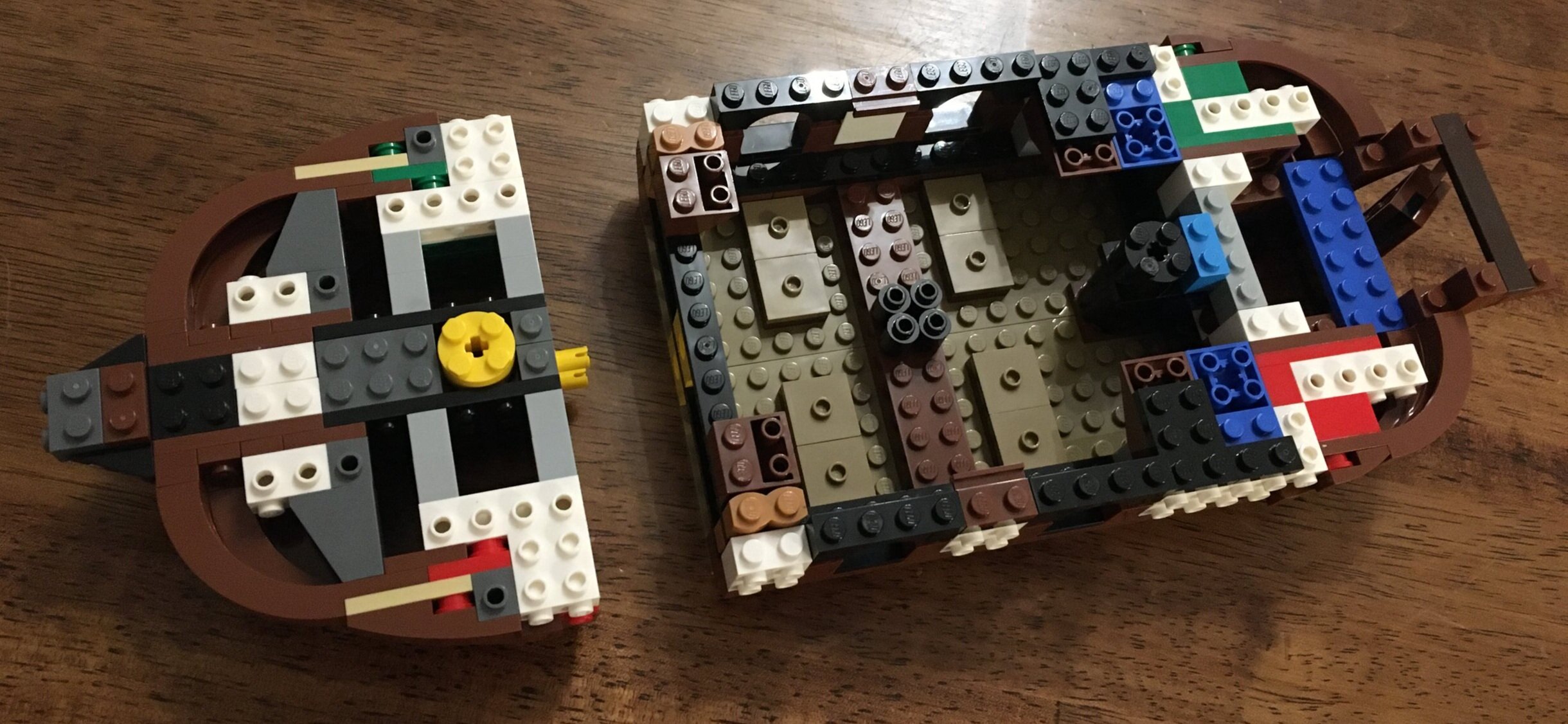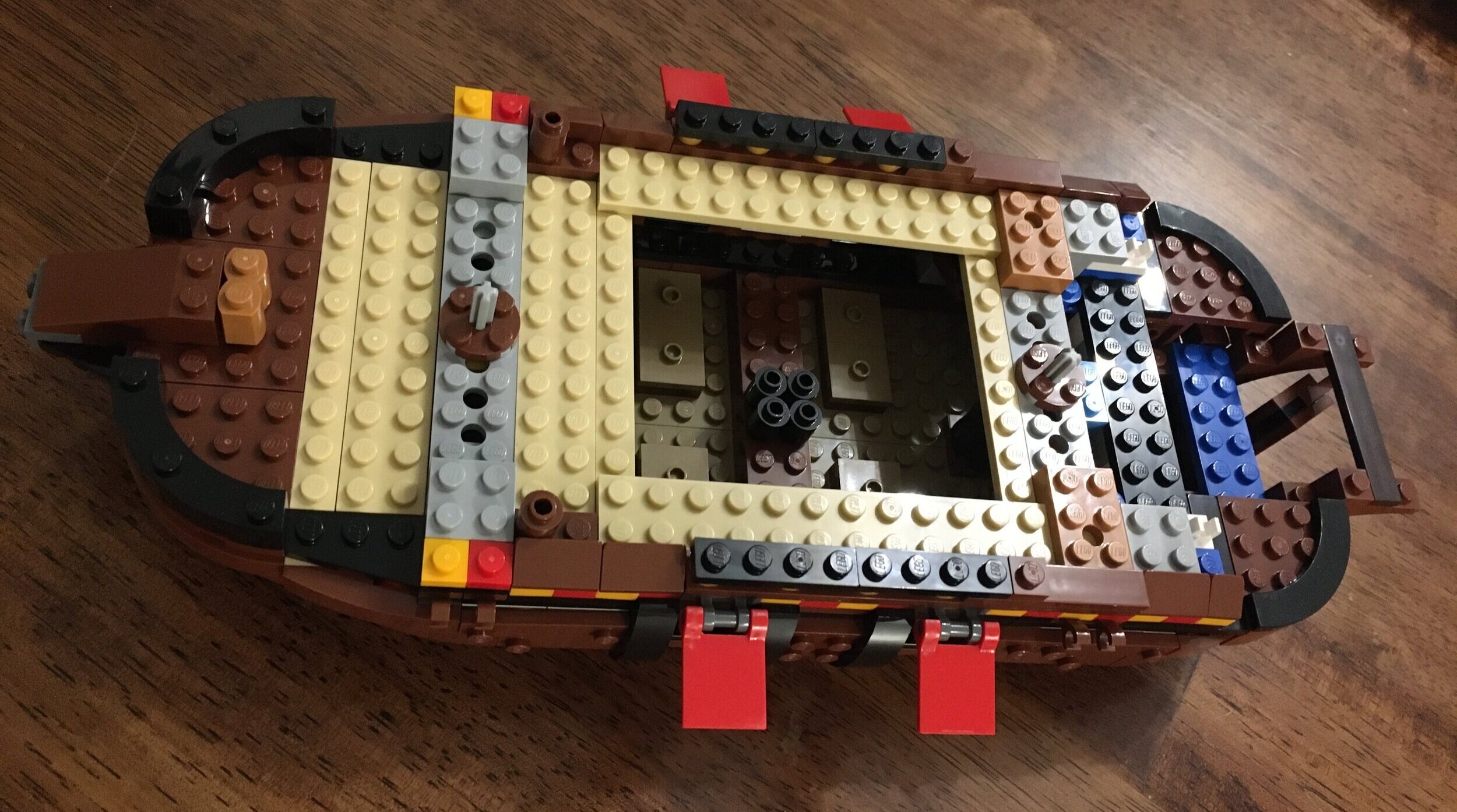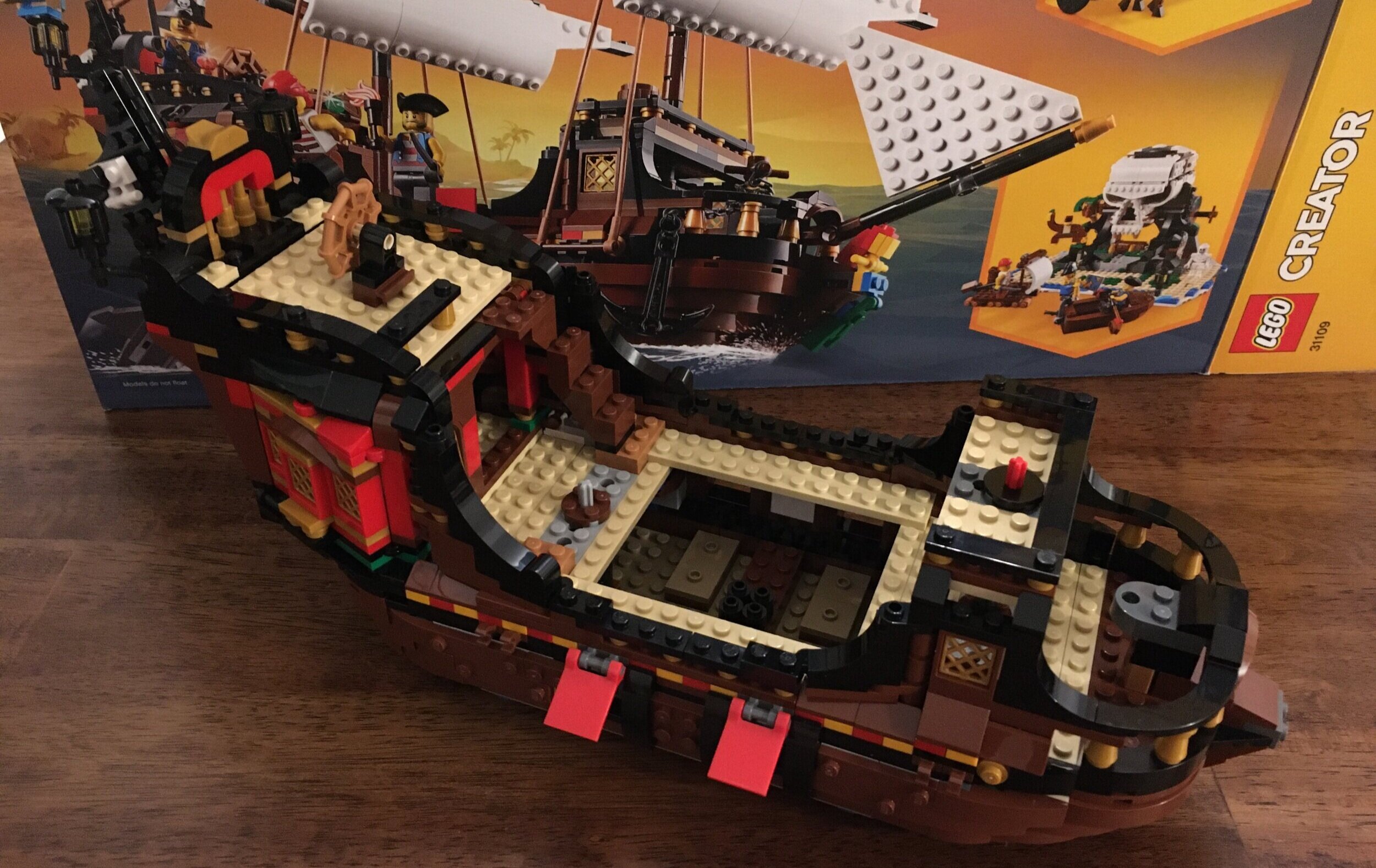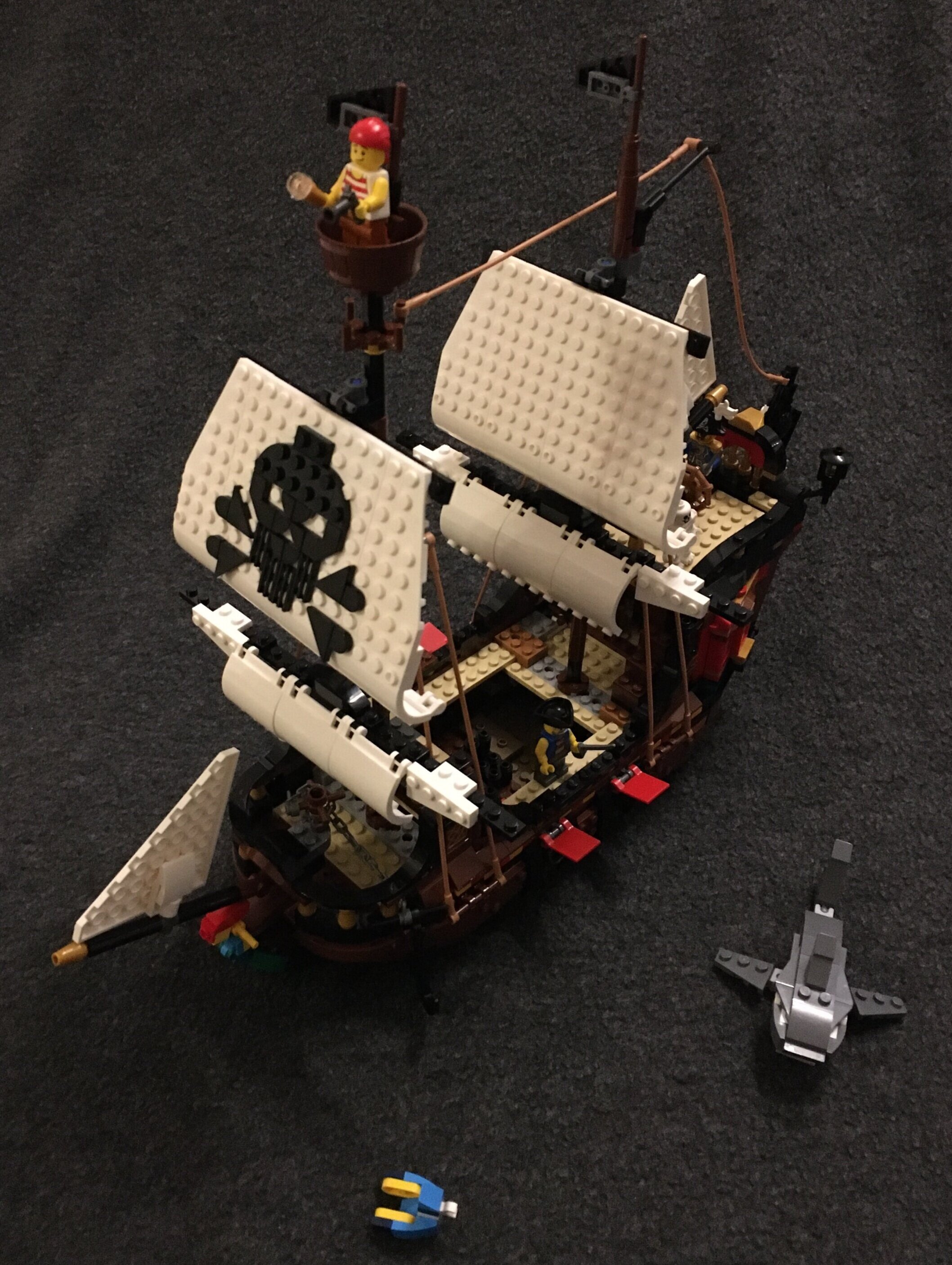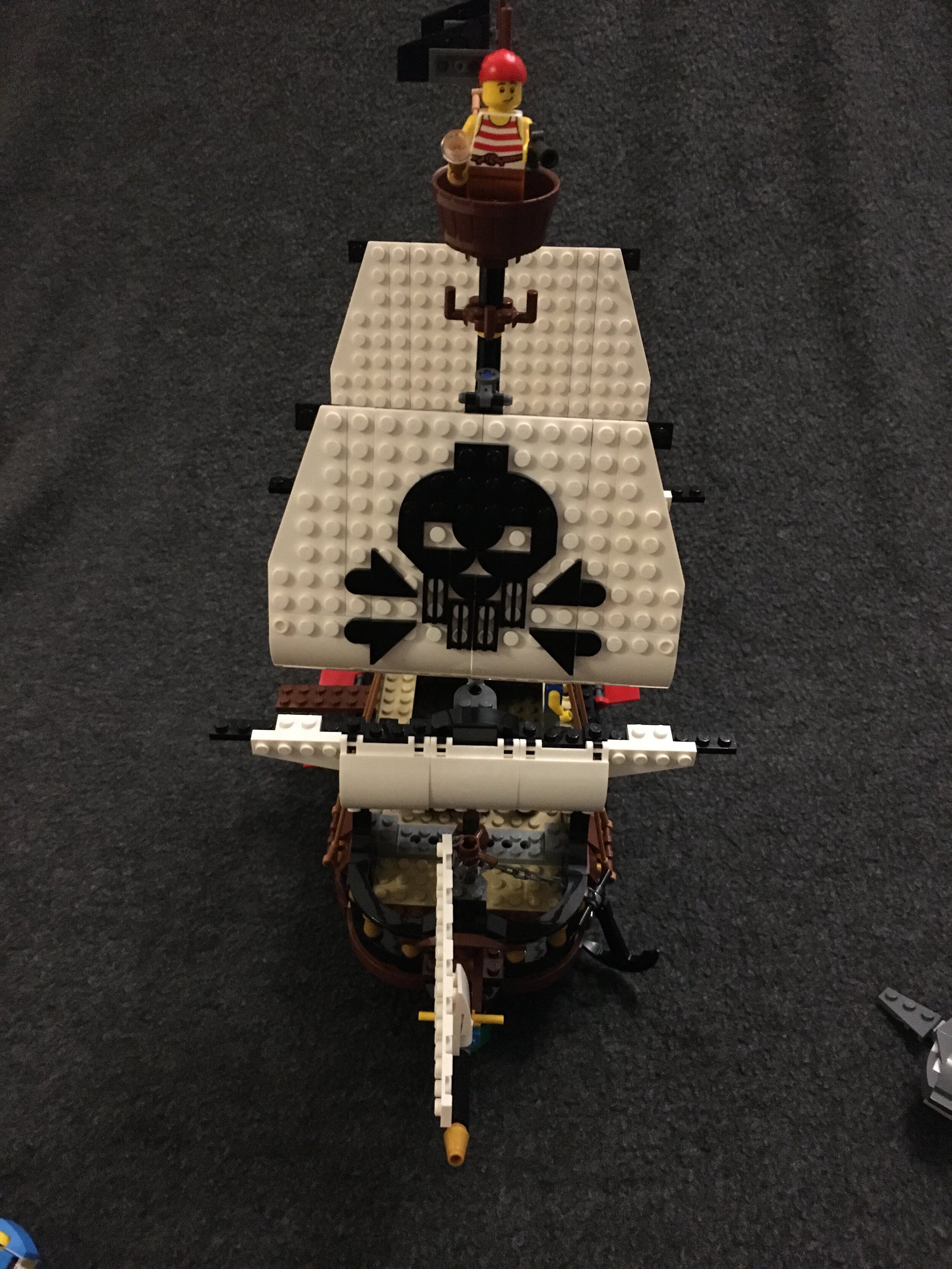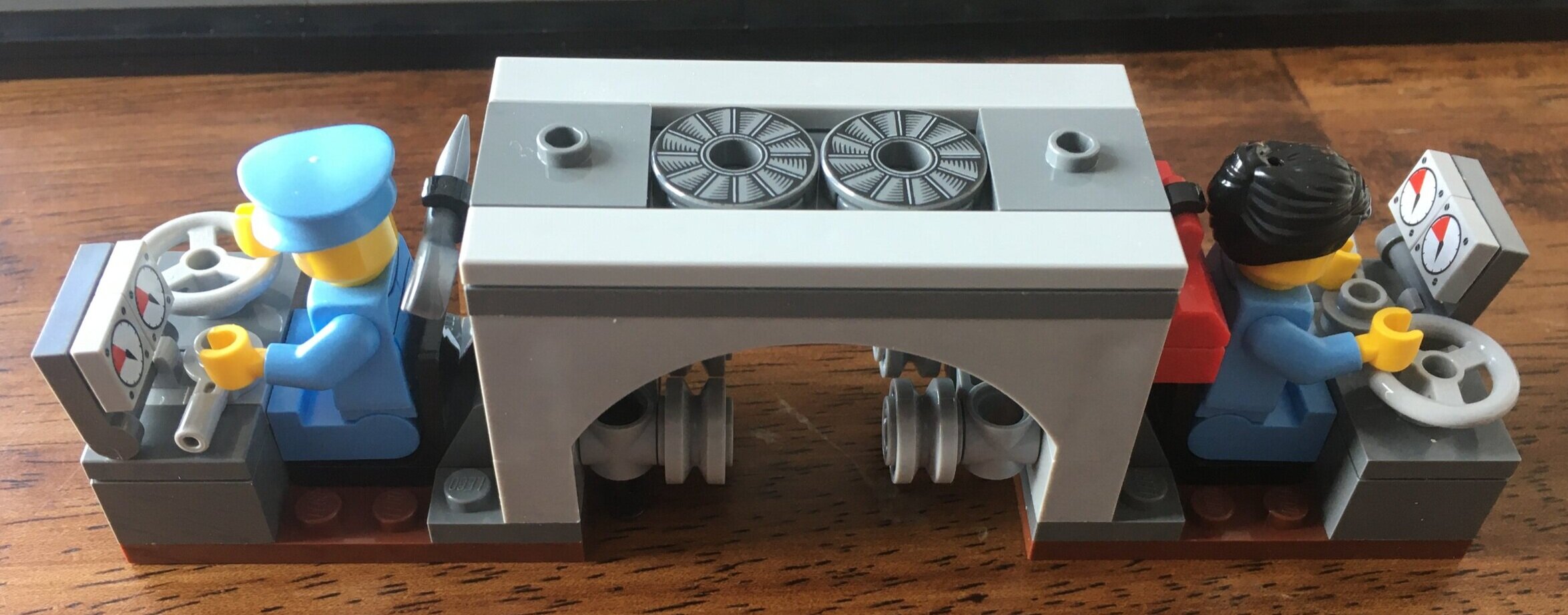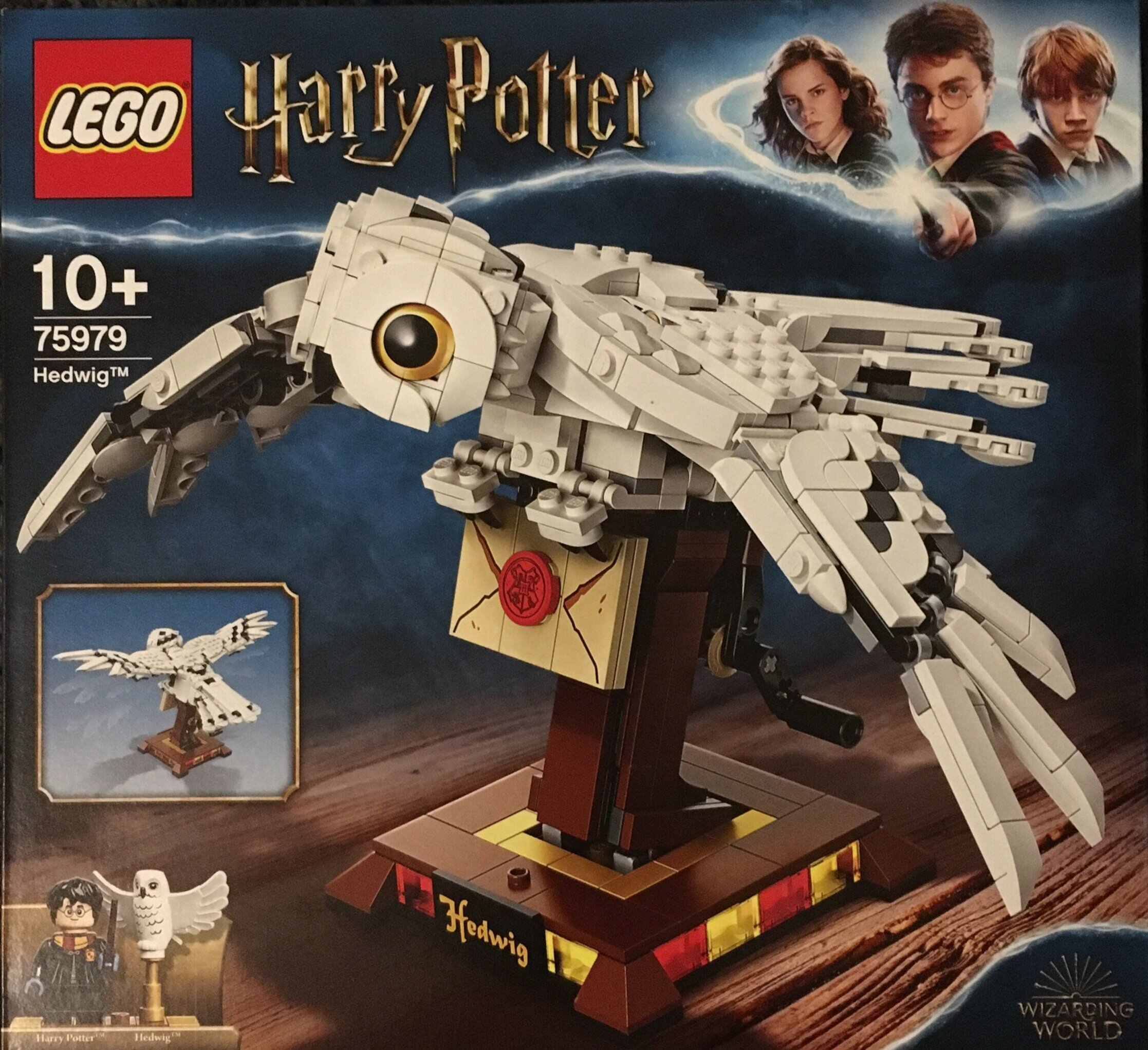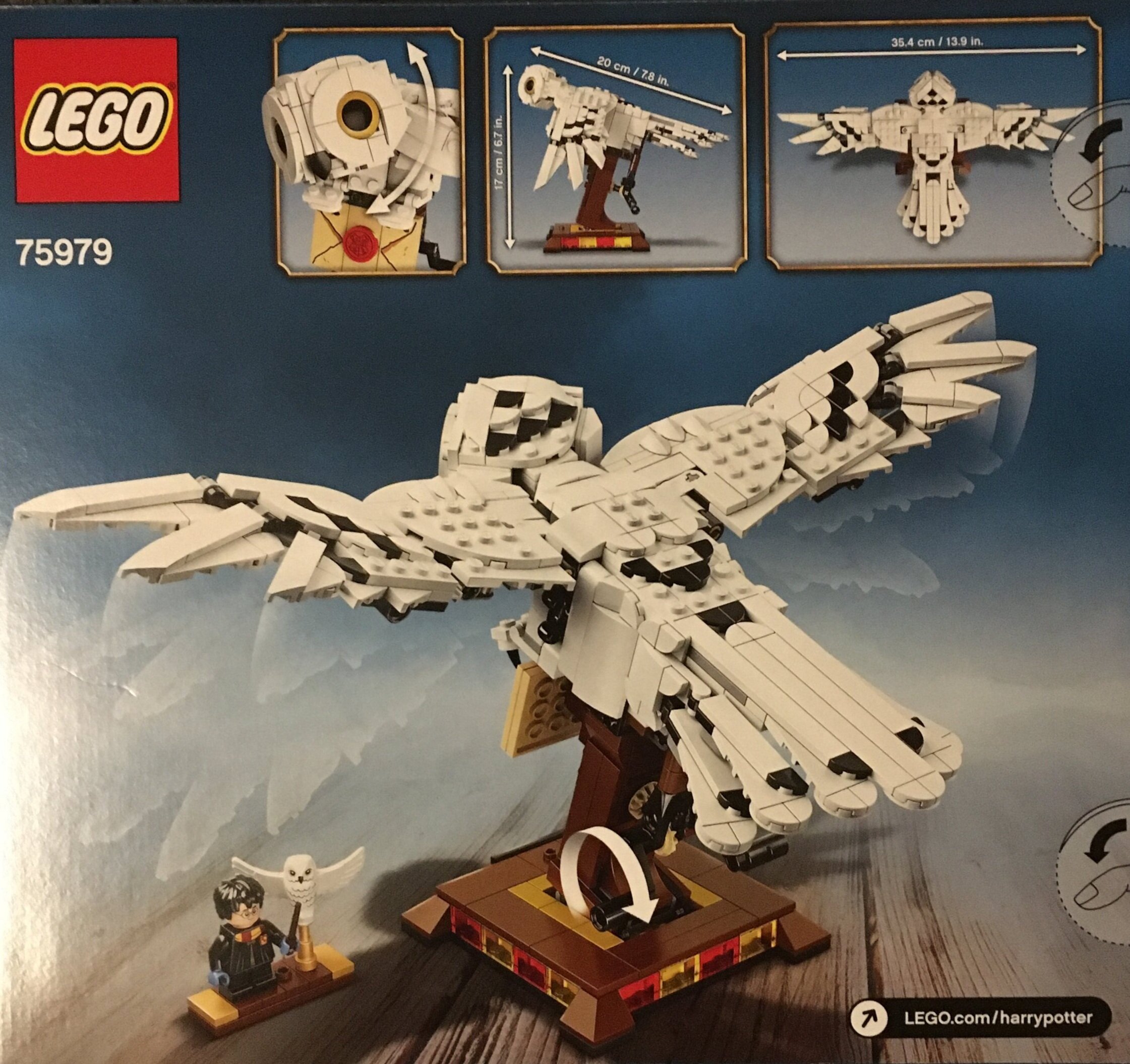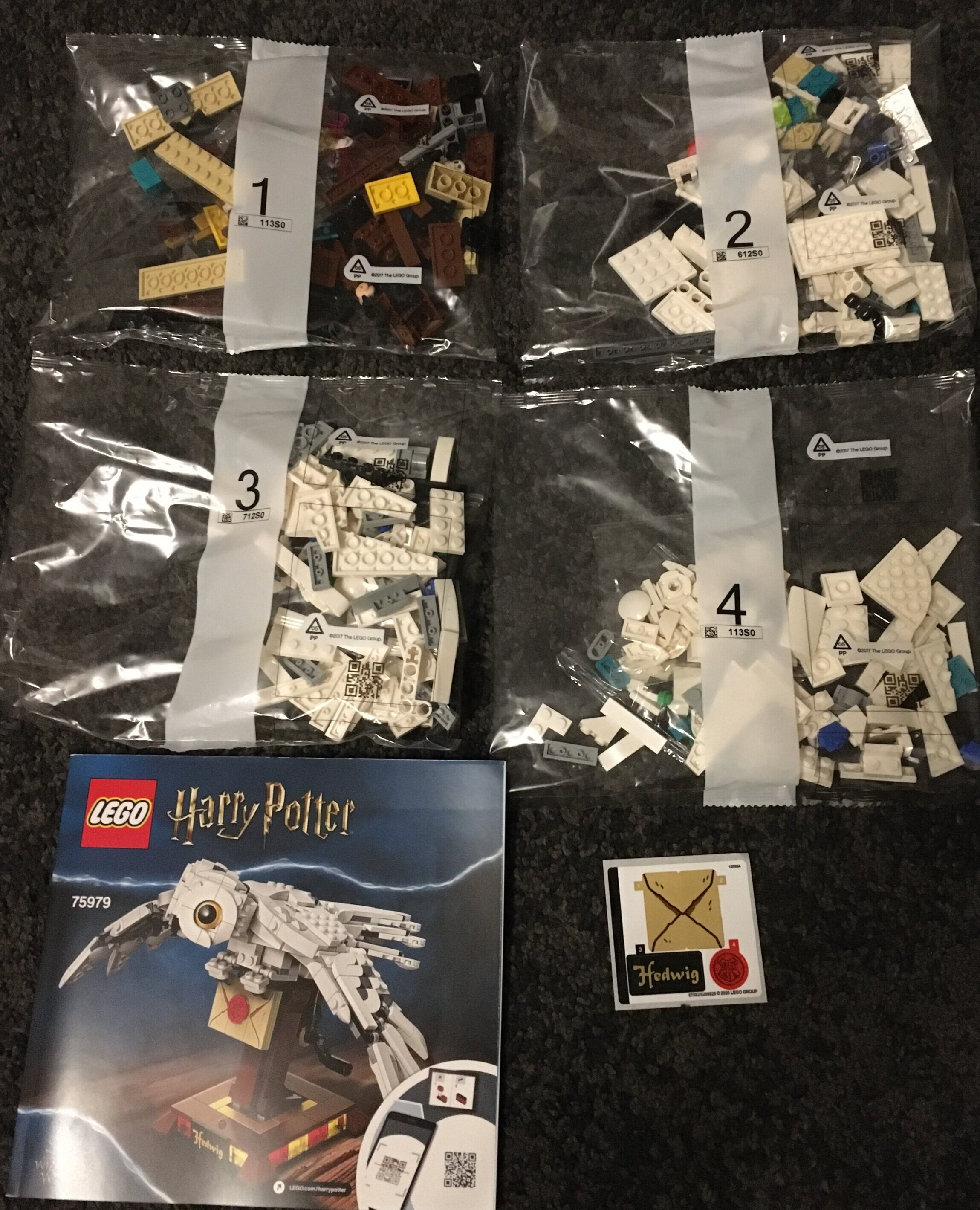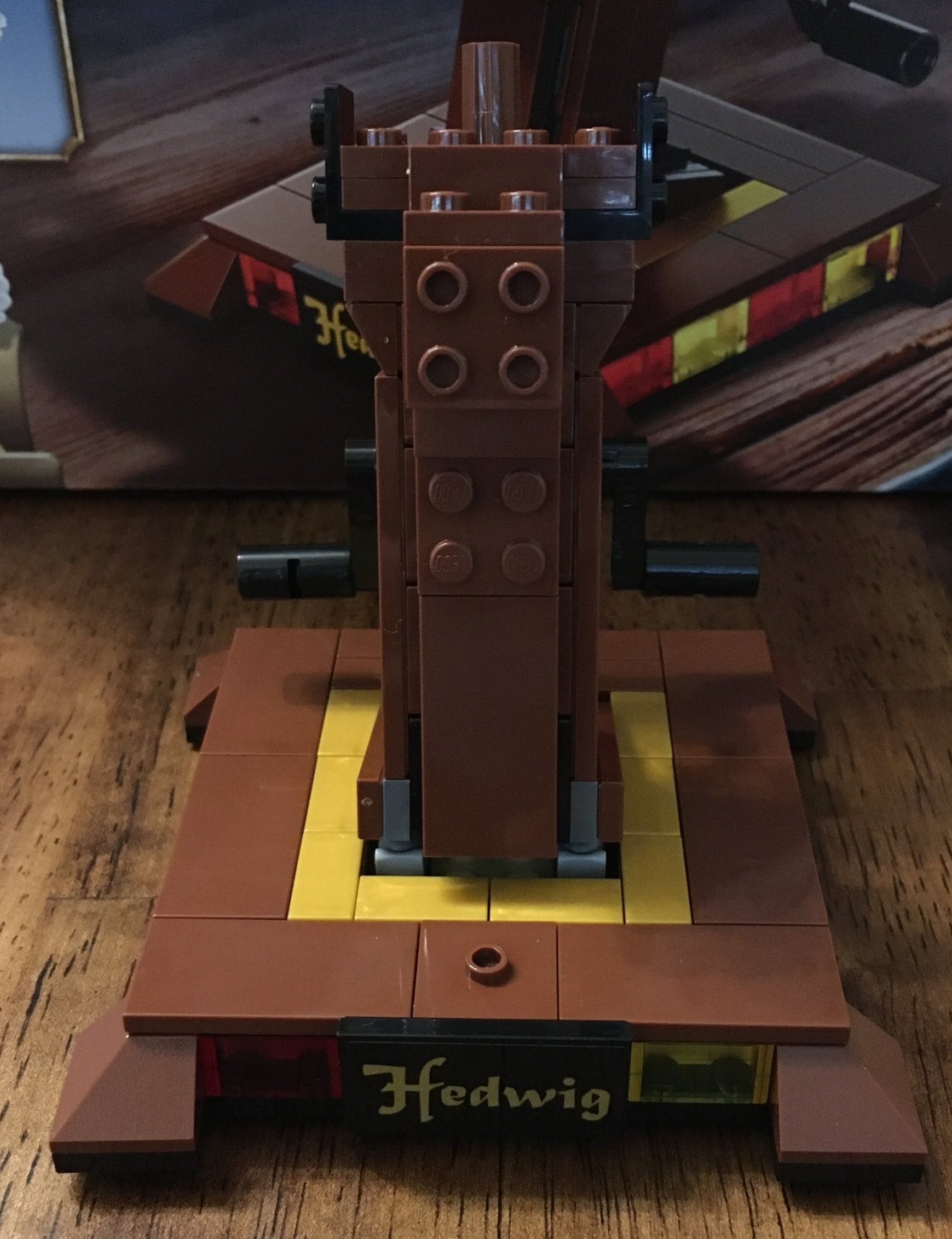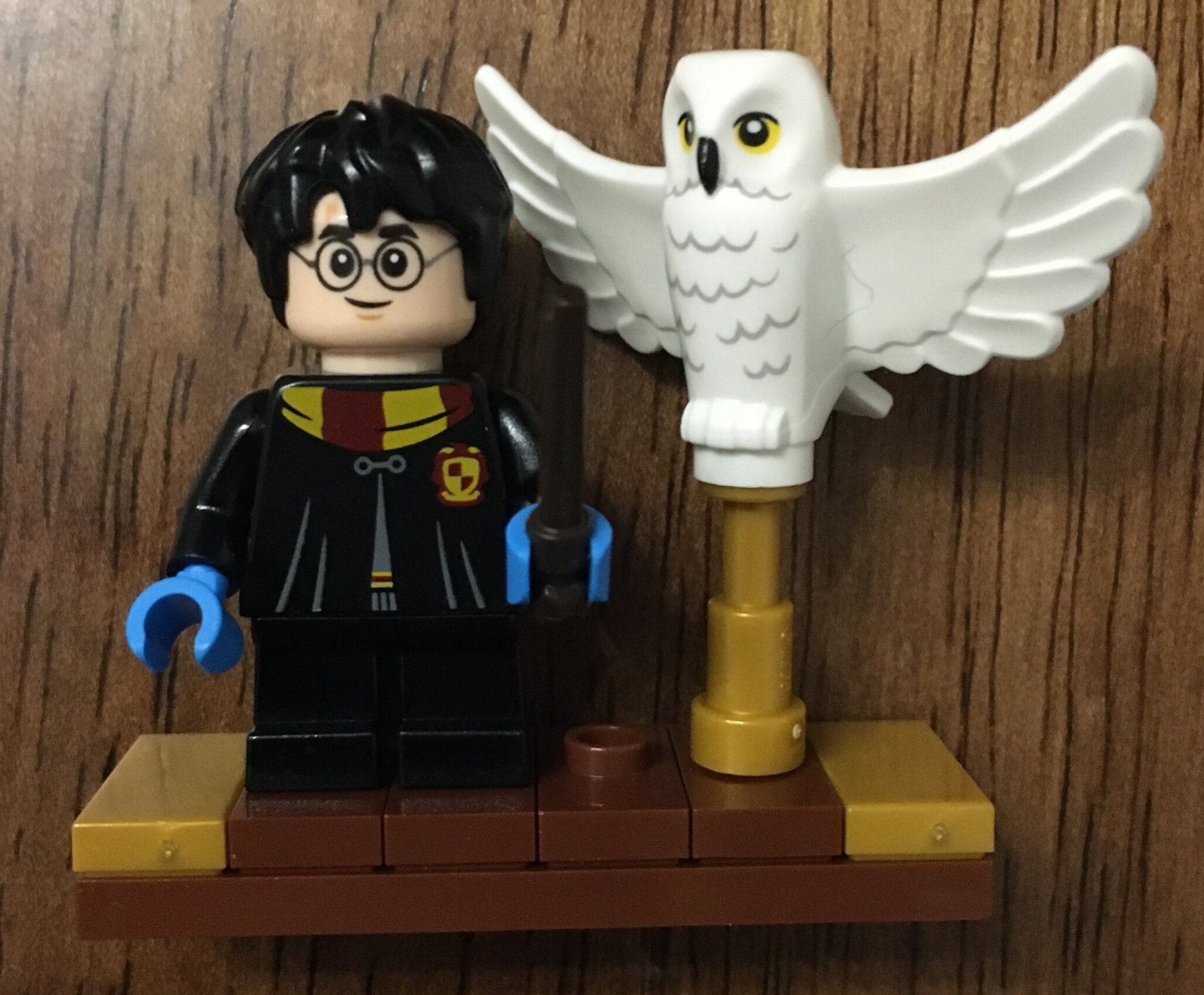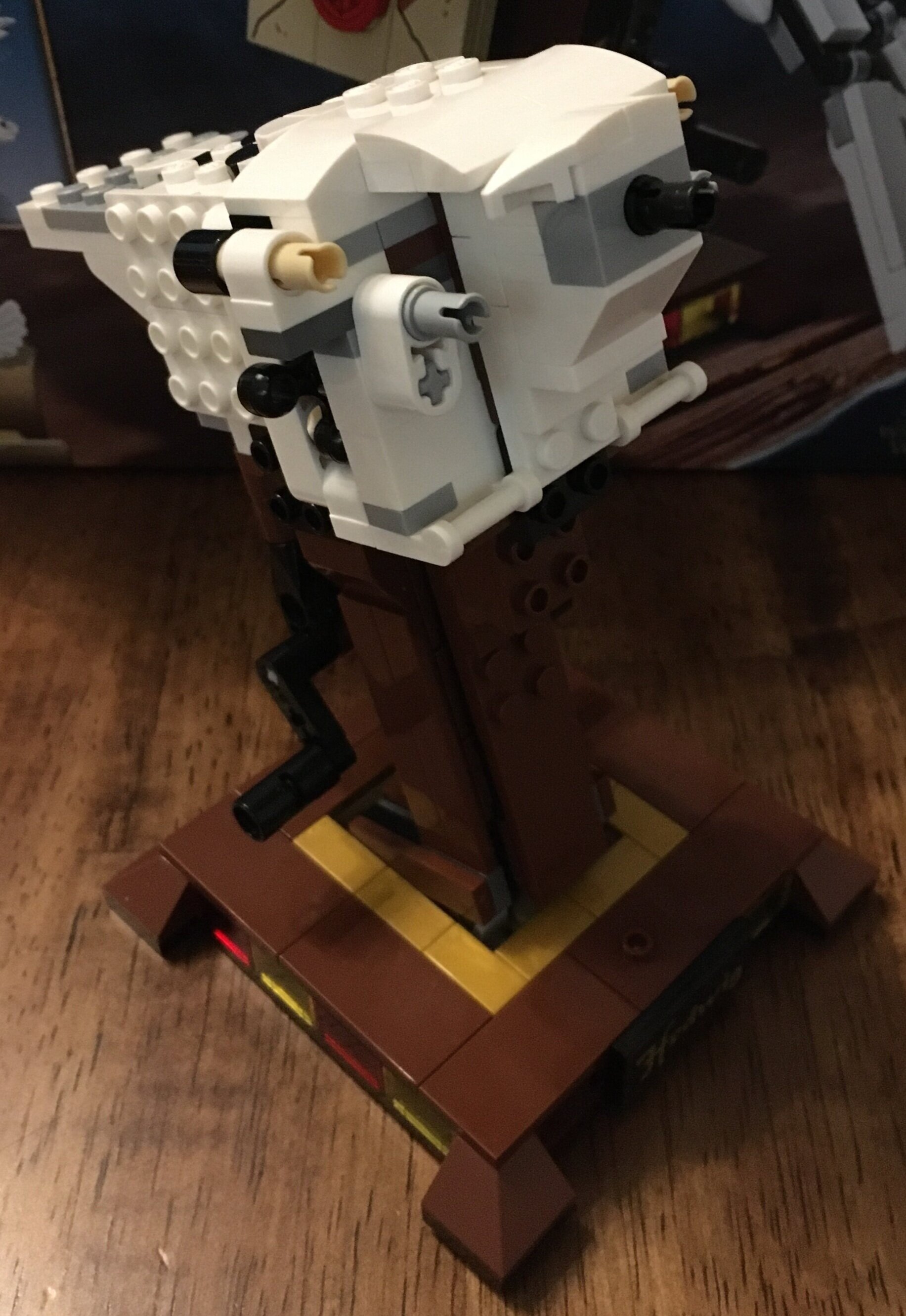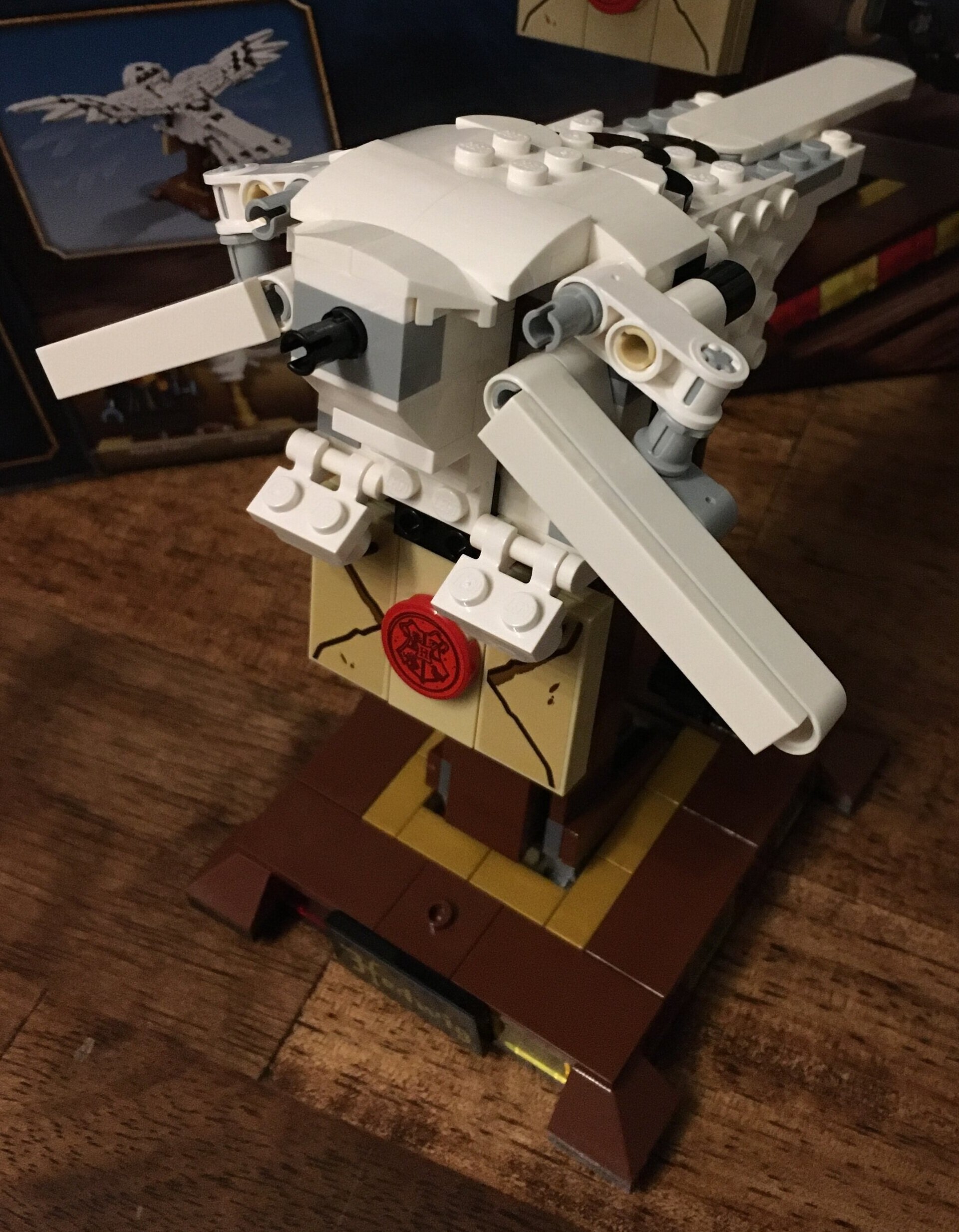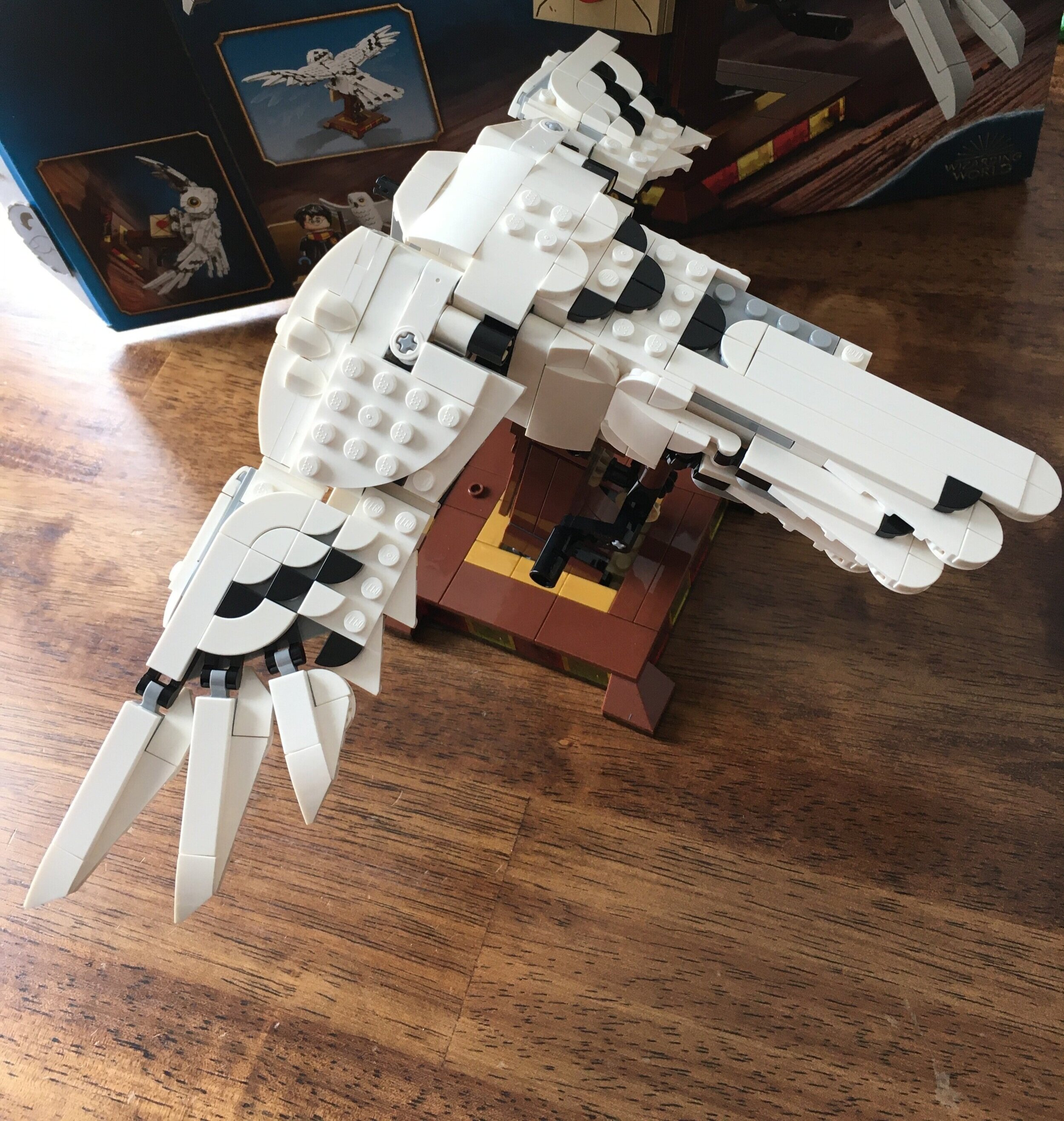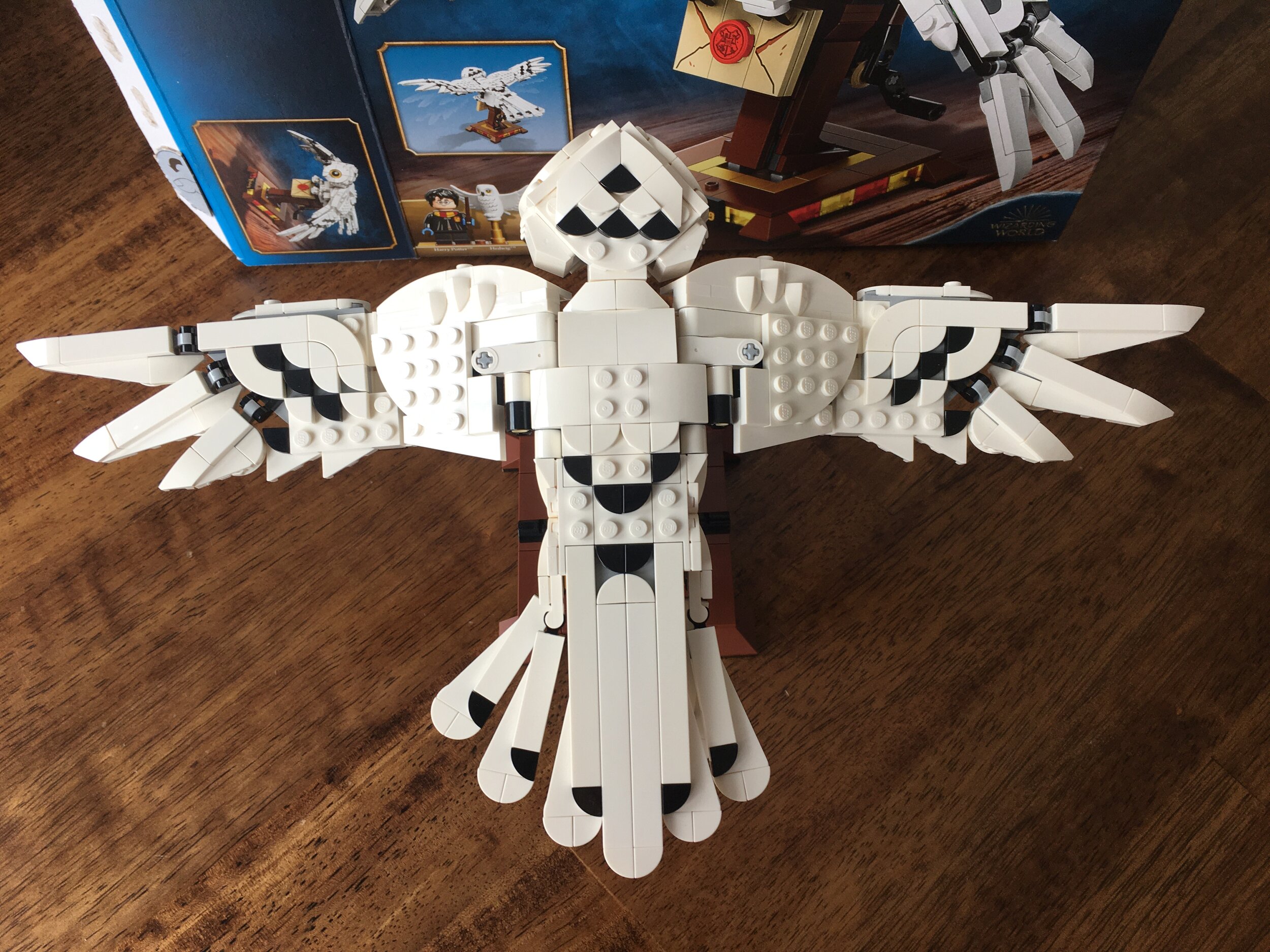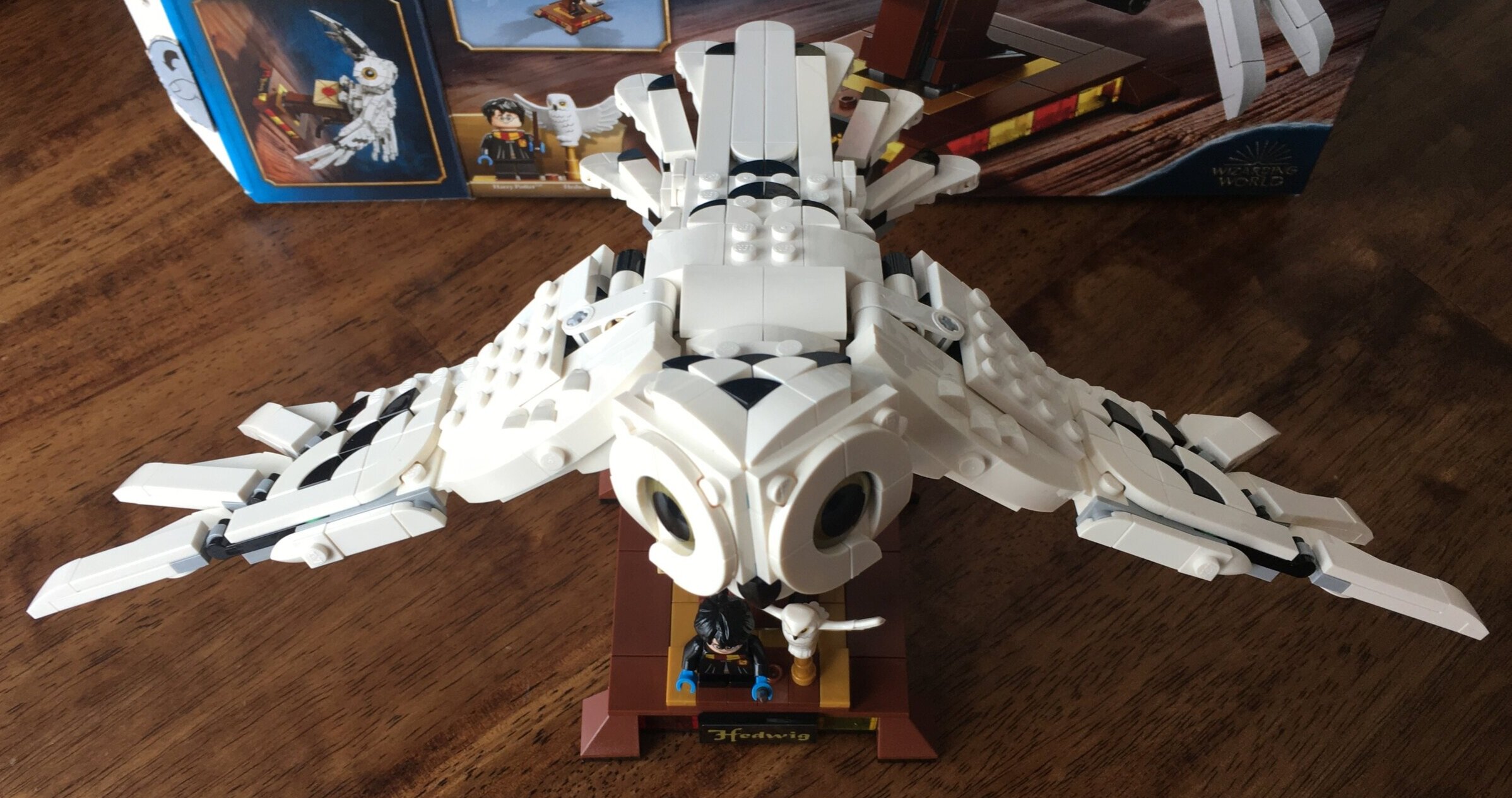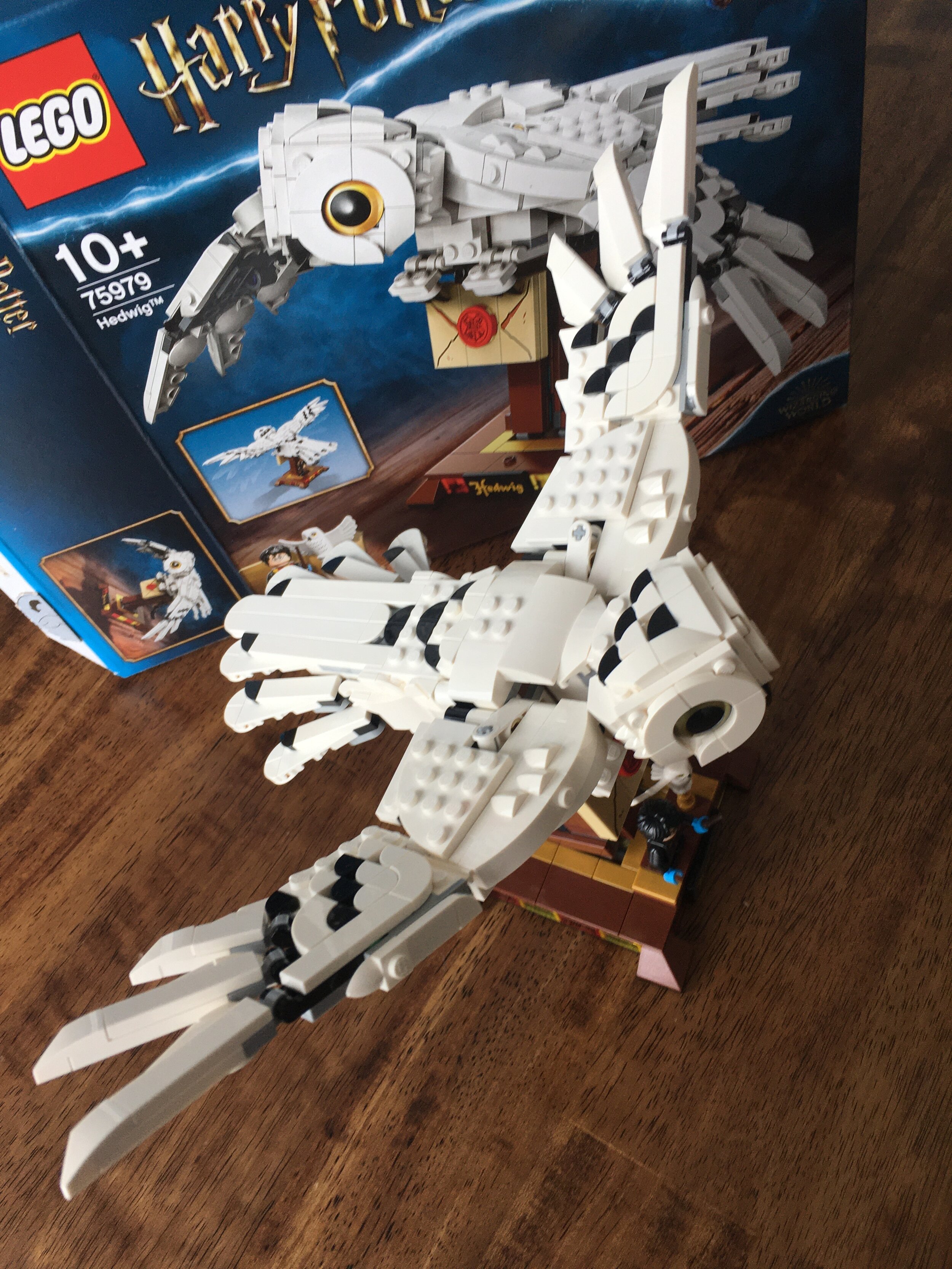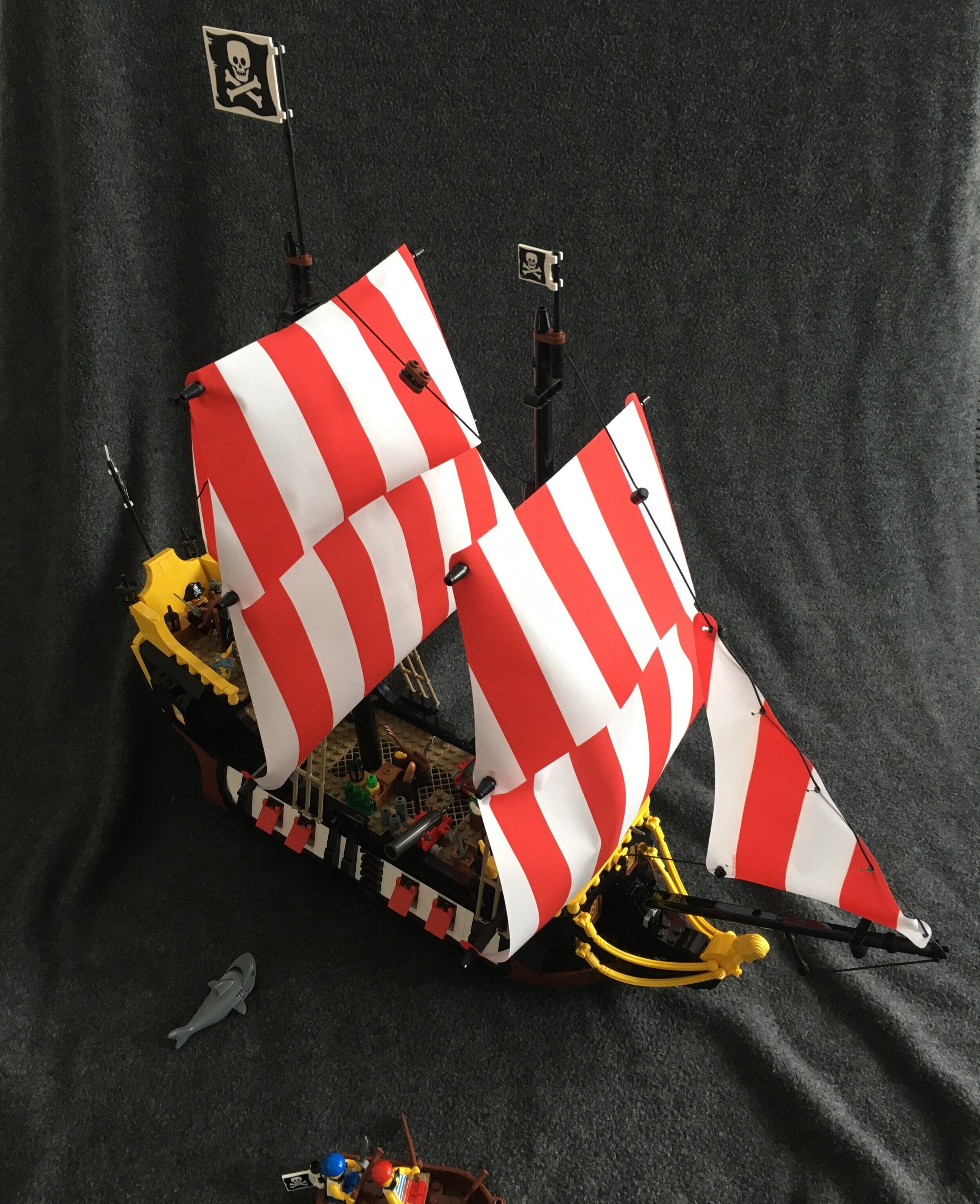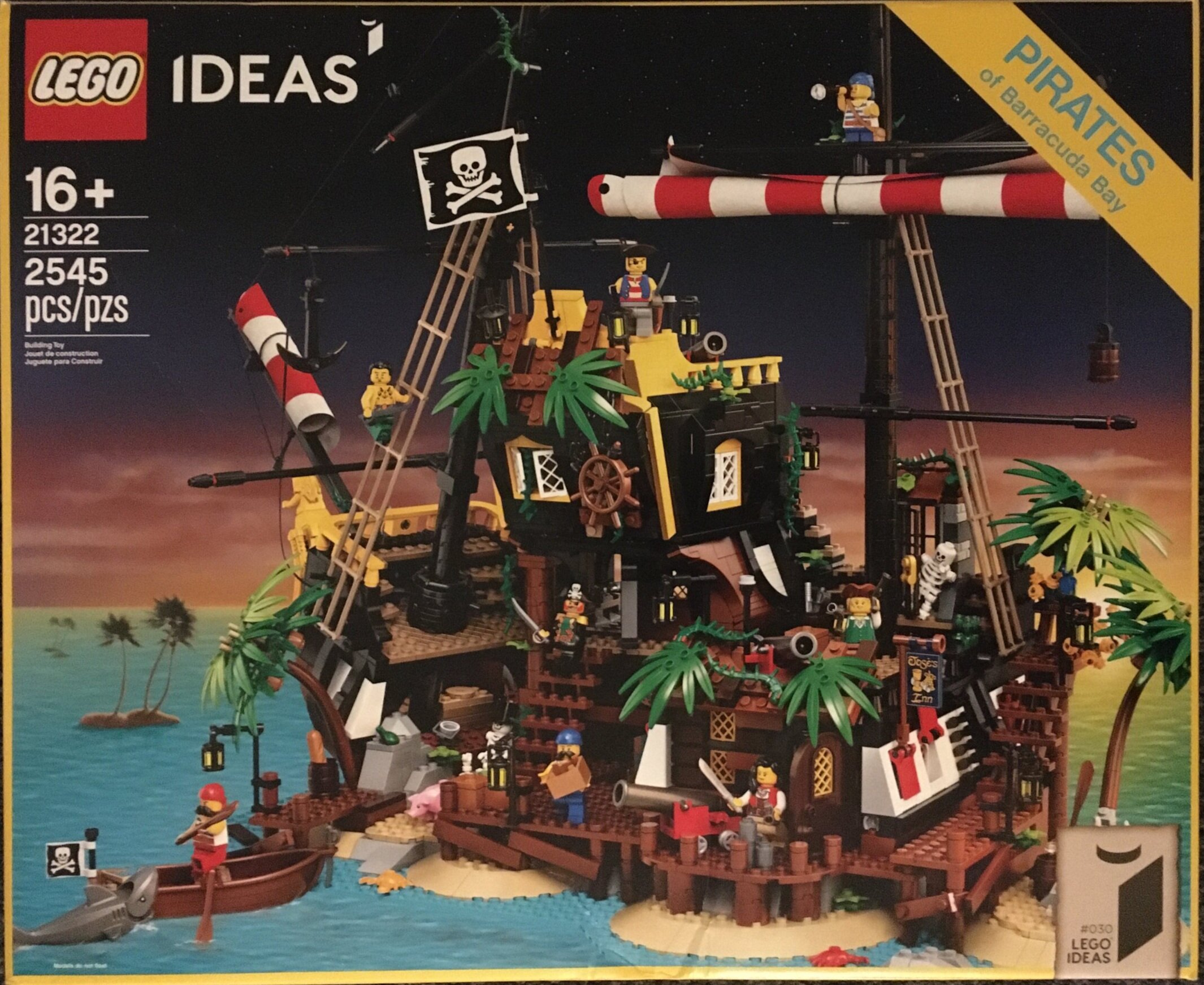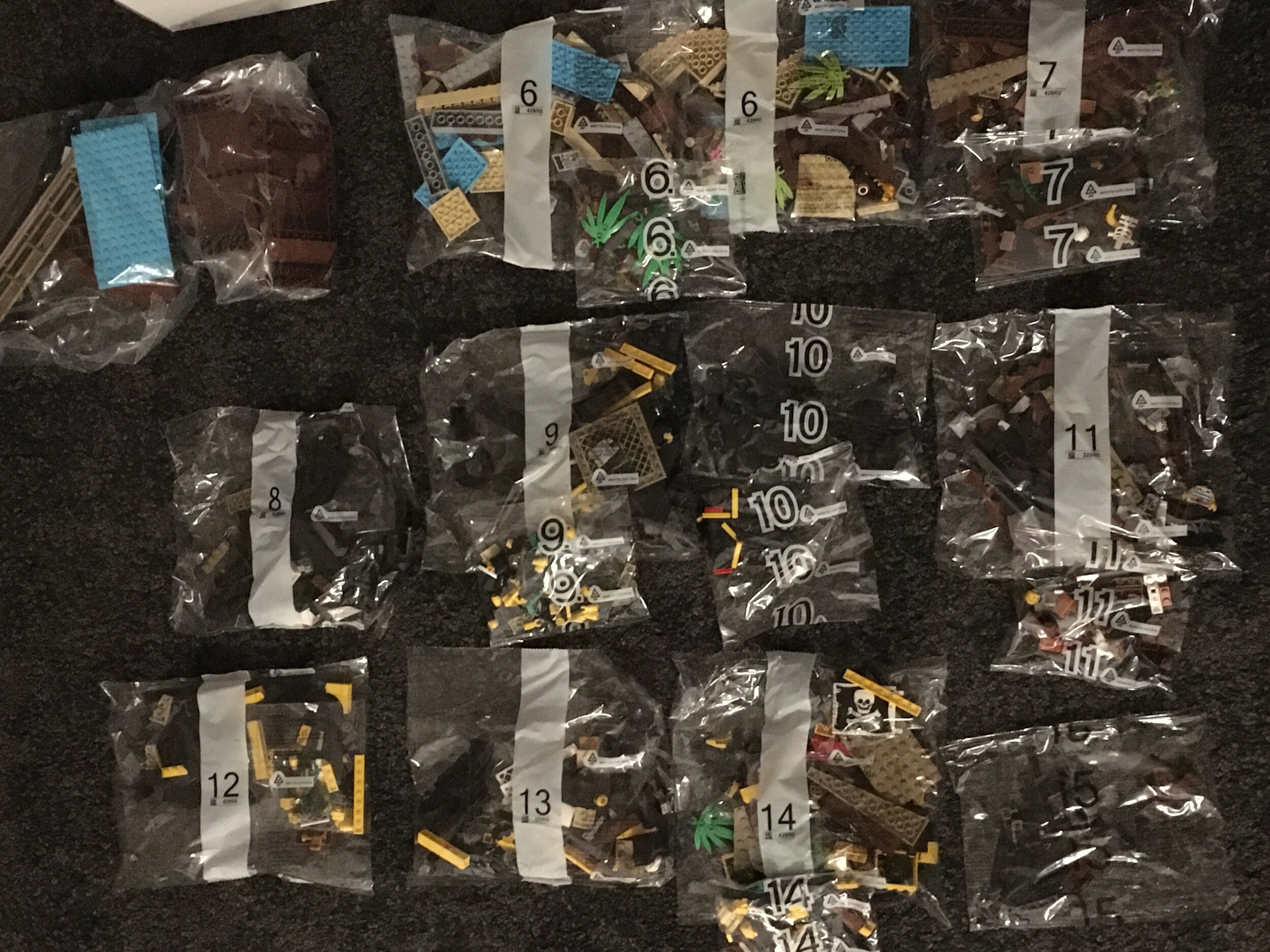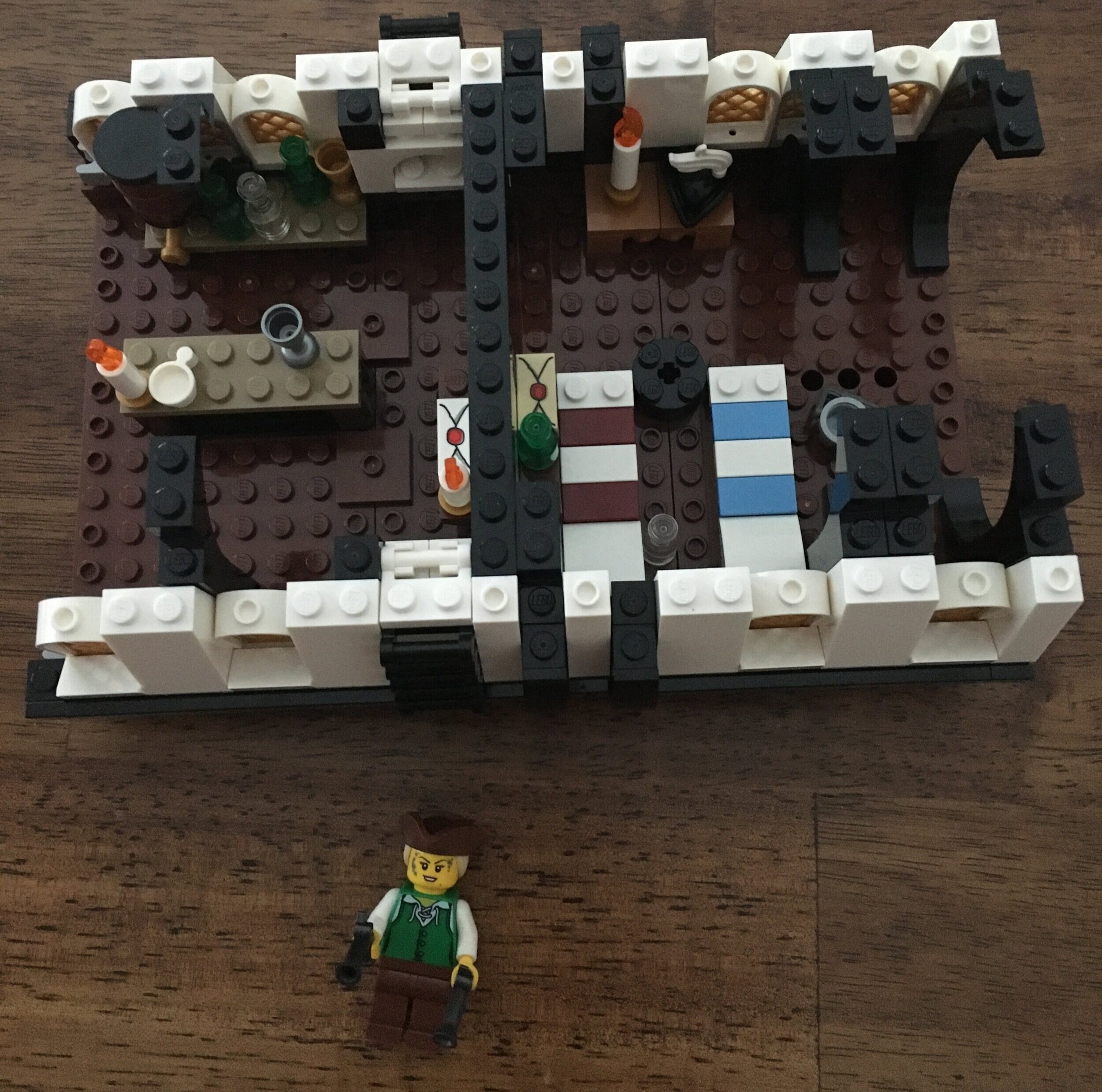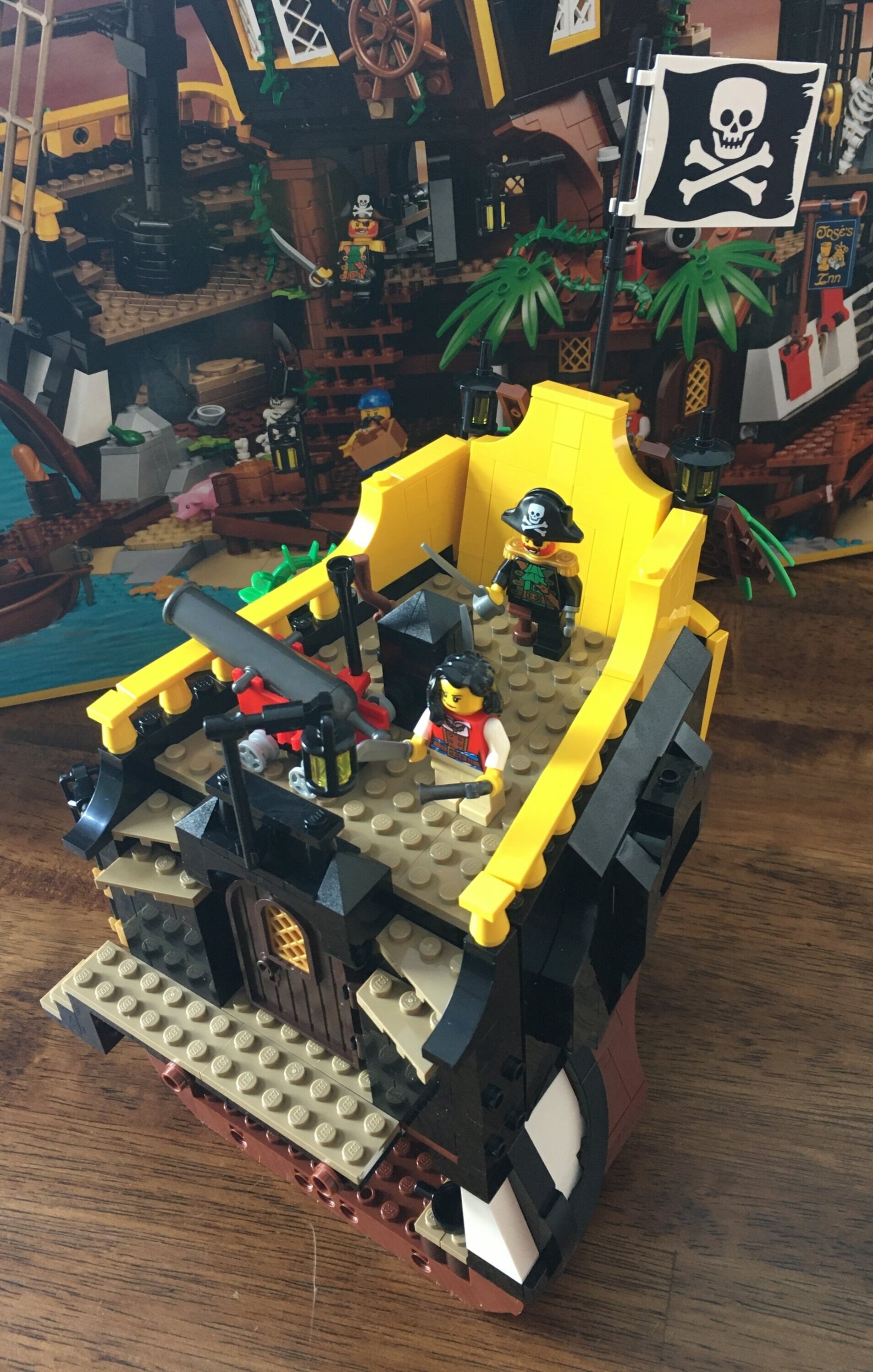Poul provided a quick history of his employment at LEGO to include traveling the world bringing LEGO to places that had never seen LEGO (to include a great story about bringing bricks to Papua New Guinea). He was involved in bringing LEGO to China in early 2000. He then worked in Denmark on marketing for a short period before switching to product development. He now has a team producing ~200- new products per year and he called them Product Group 1. They make products for younger kids (4+/Juniors), girls lines (Friends, Disney Princesses), Ninjago, City, Minifigures, and then IPs.
Then straight to fan Q&A:
-What’s the Asia strategy?
—China is LEGO’s fastest growing market and a discussion on the Monkey King line
-More on plant based pieces and the desire to expand their production
-What is the future of modular buildings with the new 18+ line?
—No plans now, but would like to have more modular type builds for families to build together
-Will LEGO continue to produce large numbers of new models?
—They are growing, but don’t want to go too fast/far
-What was his best LEGO moment?
—He mentioned the bringing bricks to children who had never seen them before and didn’t know what to do to them stories.
-What are some of the latest models?
—The Child, The Child Brickheadz, and a Ninjago model (I didn’t catch the name)
-Will shelf life decrease with more sets coming out?
—They would actually like to expand the shelf life
-Why re-release the two IDEAS sets (Ship in a Bottle and Saturn V)?
—It’s hard to predict product popularity and there was still demand even after the sets went to end of life
-What is the long term plan for LEGO apps?
—Need to determine how they will support them into the future
-A discussion on IPs
--Need to consider if kids like the IP, determine what LEGO can do with it, and if it fits within the brand
-A question about becoming a designer (been asked a lot so I won’t expand on the answer)
-A question on virtual designing (he wasn’t an expert there)
-How long does it take to design a set?
—Anywhere from 9 to 15 months to design a set
-How many people to design a set?
—It depends on the set, but there are around 400 designers and then 1,800 people who do marketing, packaging, and instruction development
-Why is LEGO successful?
—They’ve been able to make it a system and connect well with partners
-Any challenges with working form home?
—Designers have a hard time getting the pieces they need
-What are his favorite lines?
—Ninjago, Bionicle, and the new Nintendo line
-What are the long term plans for the Art line
—The Star Wars Sith set has done well. Expect more sets.
-Why are some sets phased out faster than others?
—They stick with what works. For example, Ninjago did better than Chima or Nexo Knights
-Could old sticker sheets be re-released?
—”That’s a good idea.”
-What is the design process?
—Talk to kids worldwide, get ideas, draw the ideas, show kids, build models, test with kids, do internal reviews
-How do you decide to do printed pieces versus stickers?
—Try to print more for younger kids and can get more authenticity with more stickers. They have more flexibility with fewer stickers.
-A discussion on LEGO animals
—Molded ones are meant for younger kids (Duplo) and brick built ones are for older kids and to expand creativity
-How many sets does each designer work on?
—Depends on the team and the product line. Ninjago team works on all sets, but they are the lead for one or two each year.
-Do they test sets with adults?
—Starting to test them with adults now. Small scale test. (how do I sign up for this?)
Next up was Stuart Harris who is the lead designer for the LEGO House®. He displayed some of the new fan designs they have on display in the Yellow Zone. I was too busy paying attention to the designs to take any screen shots. Sorry!
Okay… Next presentation was with Kim Yde Larsen, Nanna Mazanti Drejer Friborg and Thomas Folit. They are part of the BIX team or Building Instructions Experience team. Here are their minifig recreations from the slide show.
